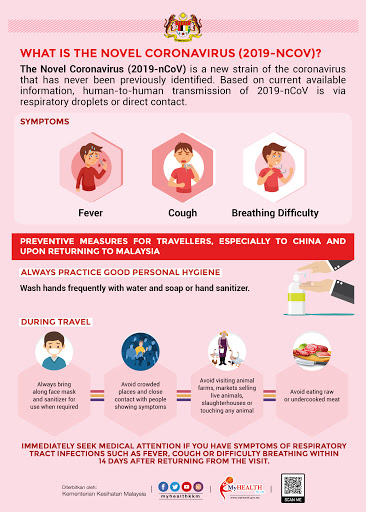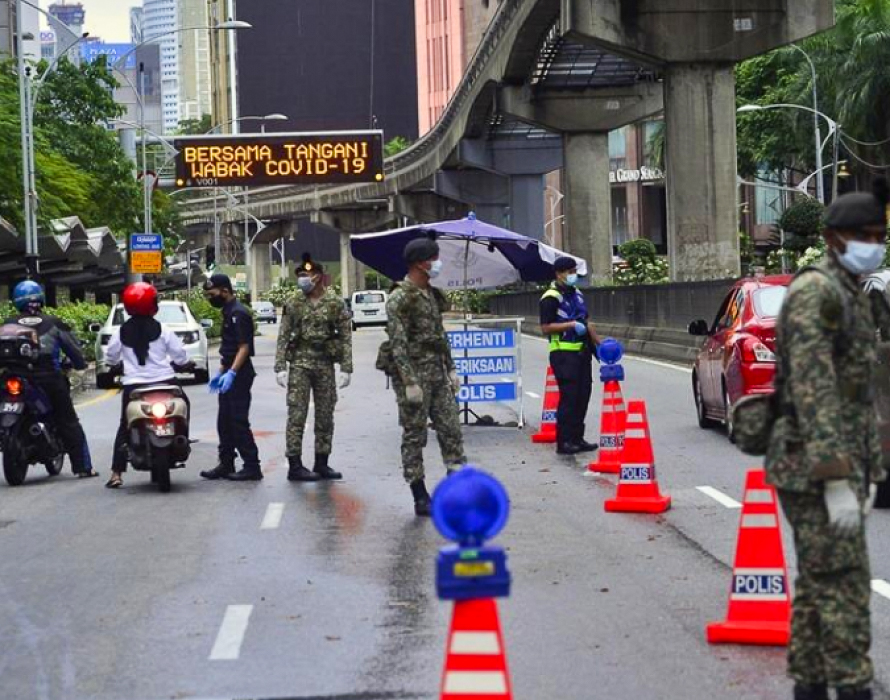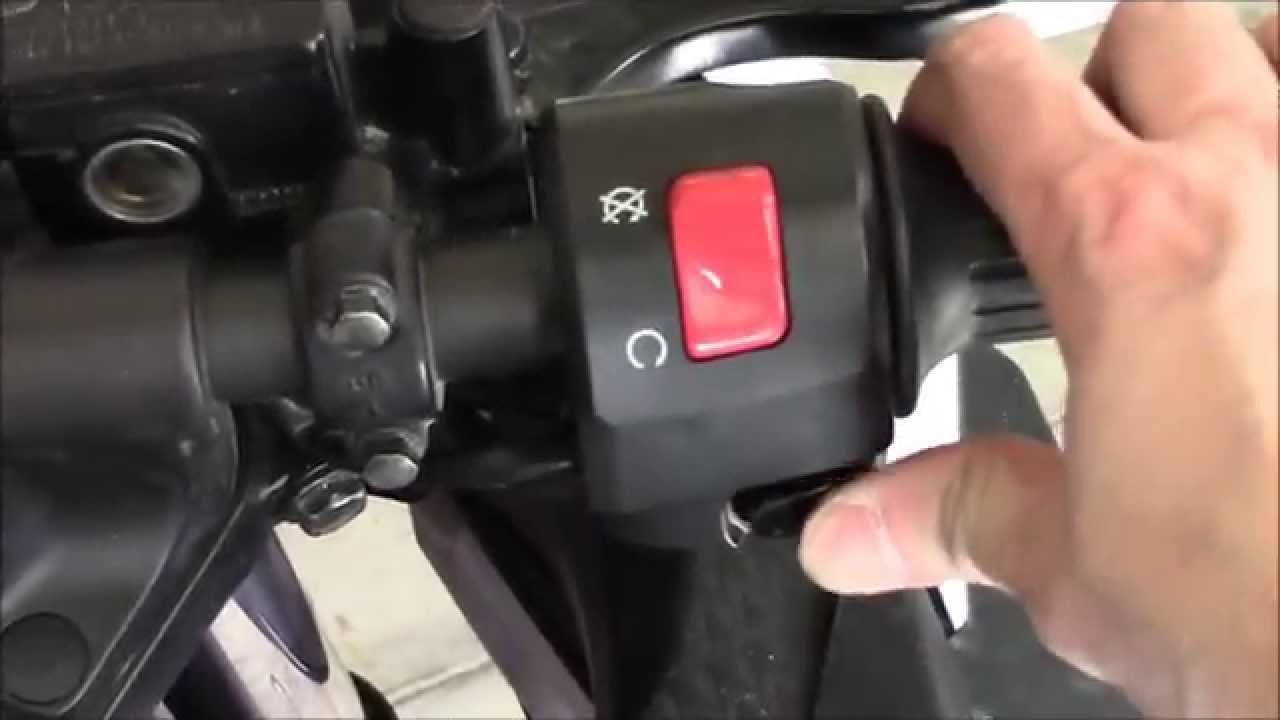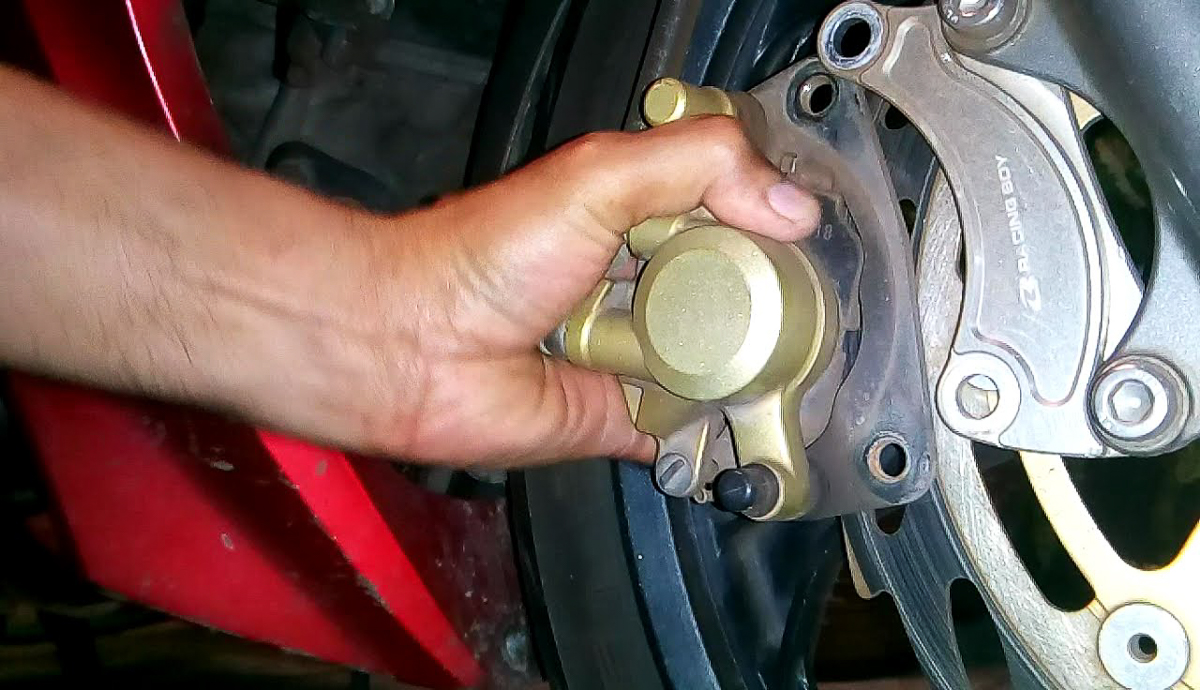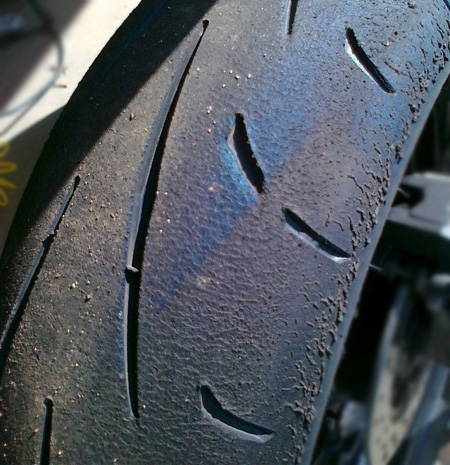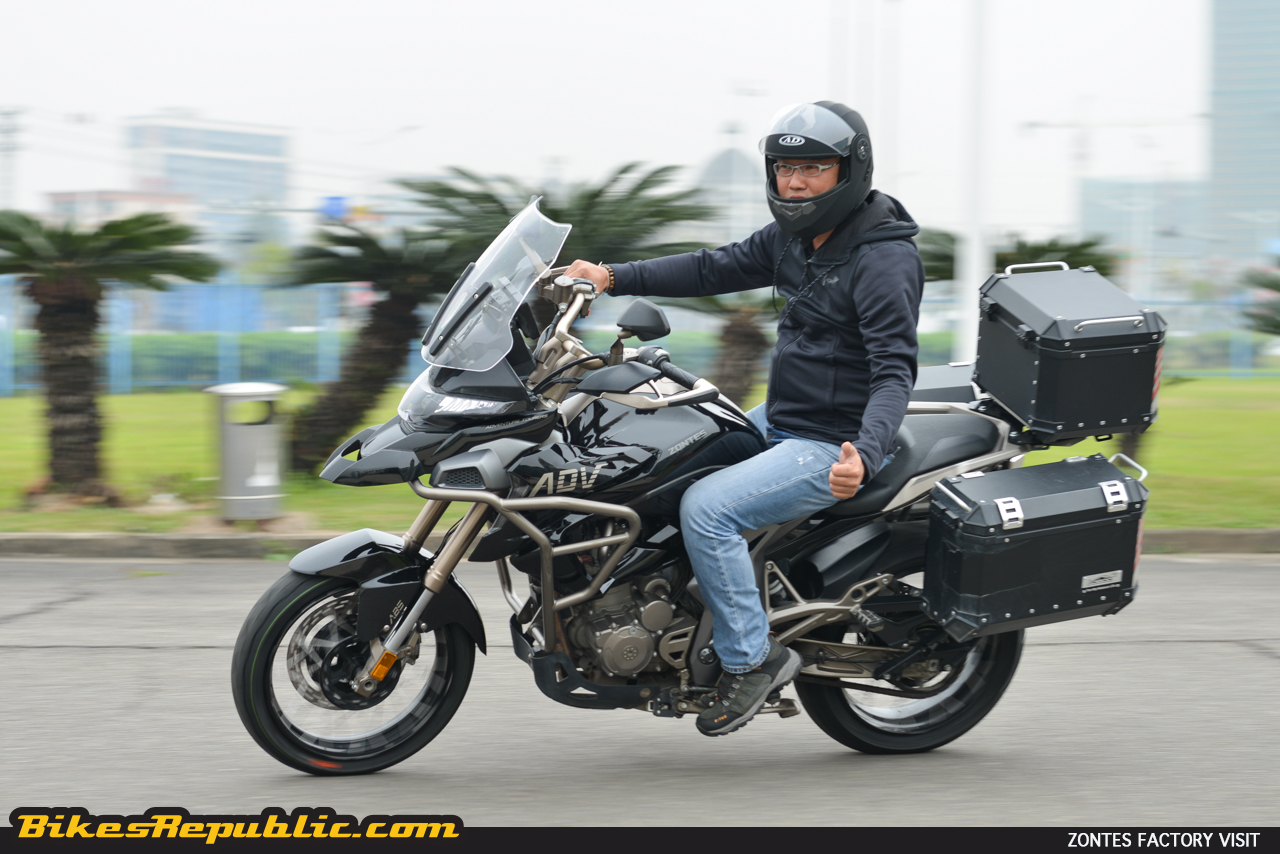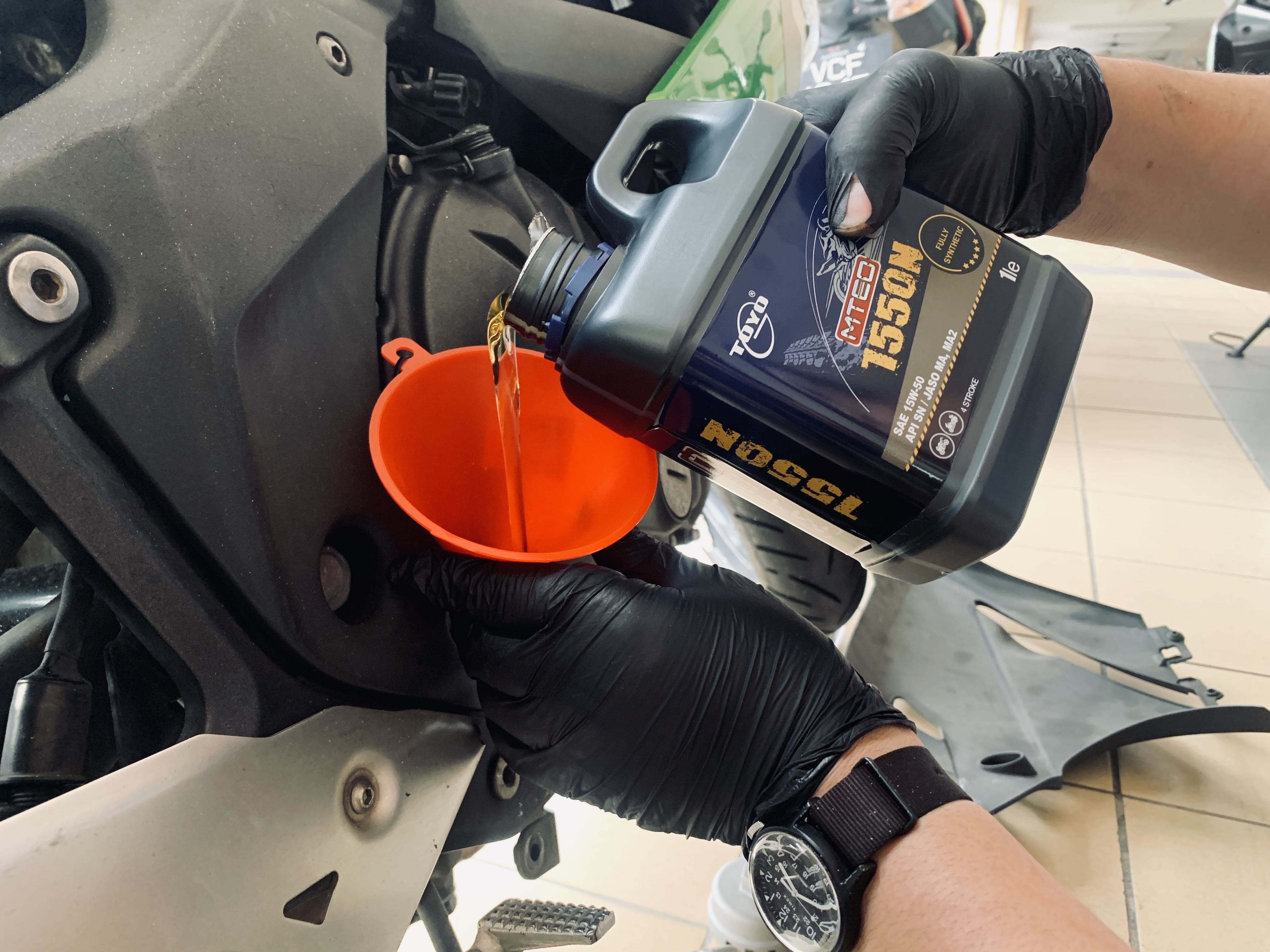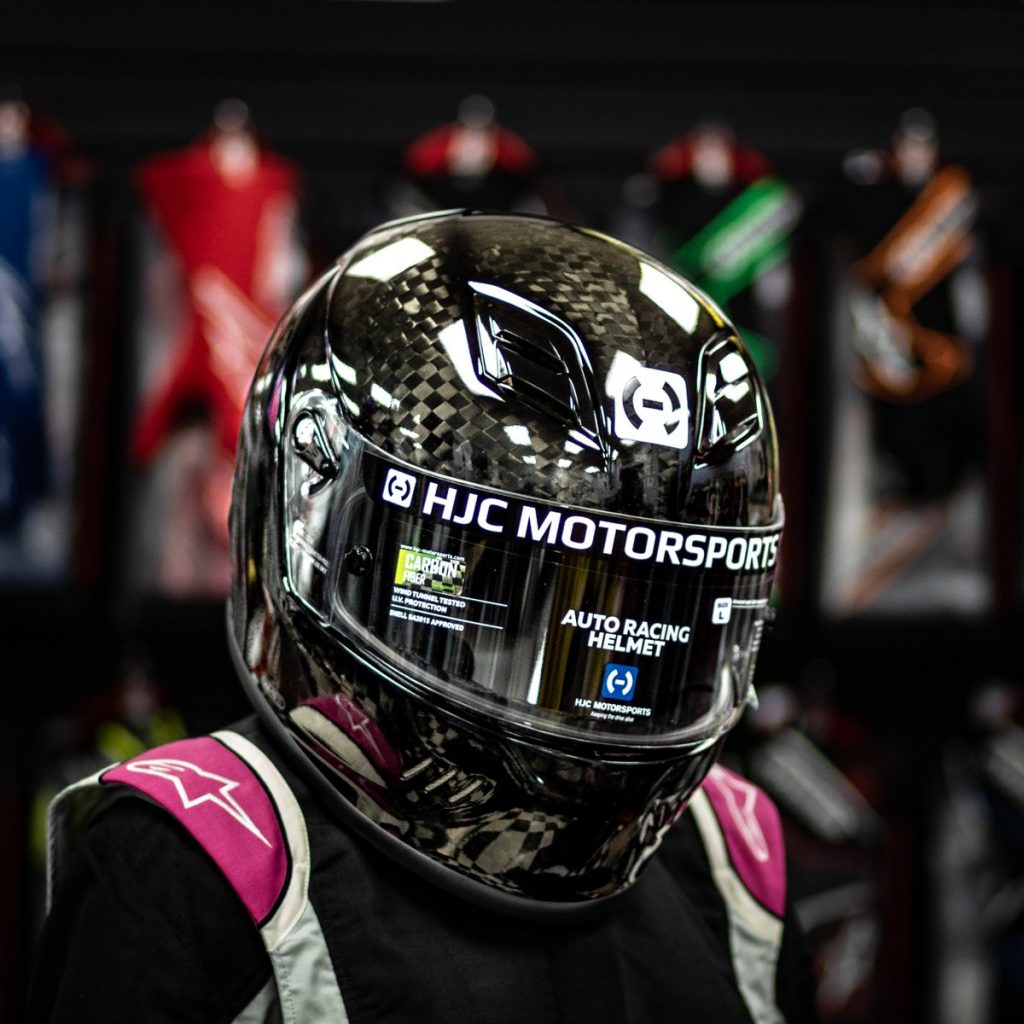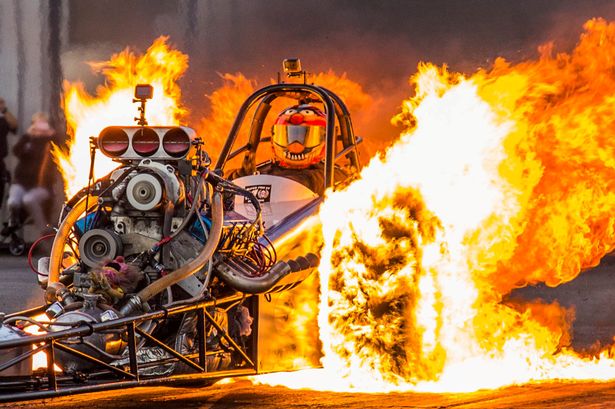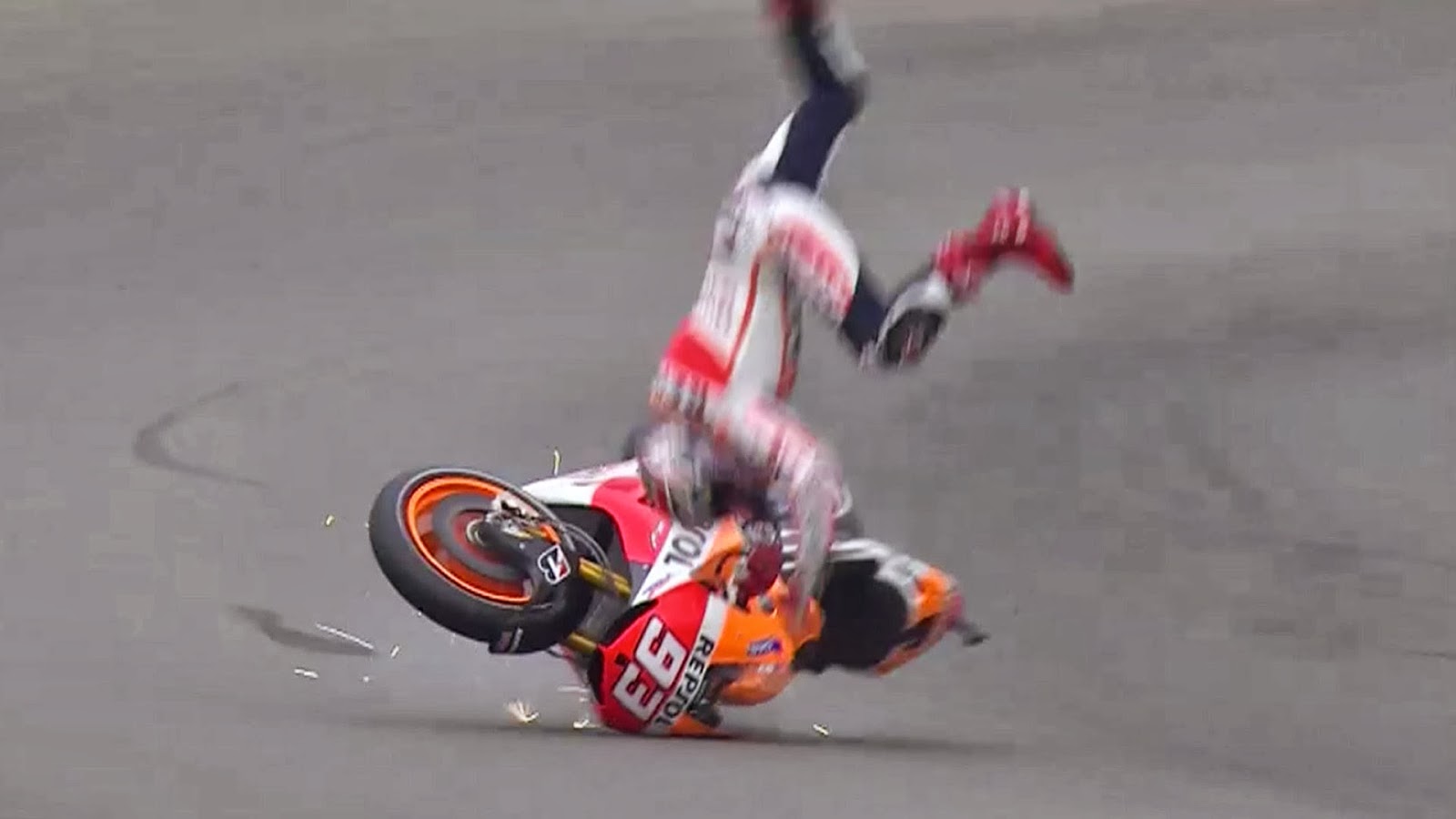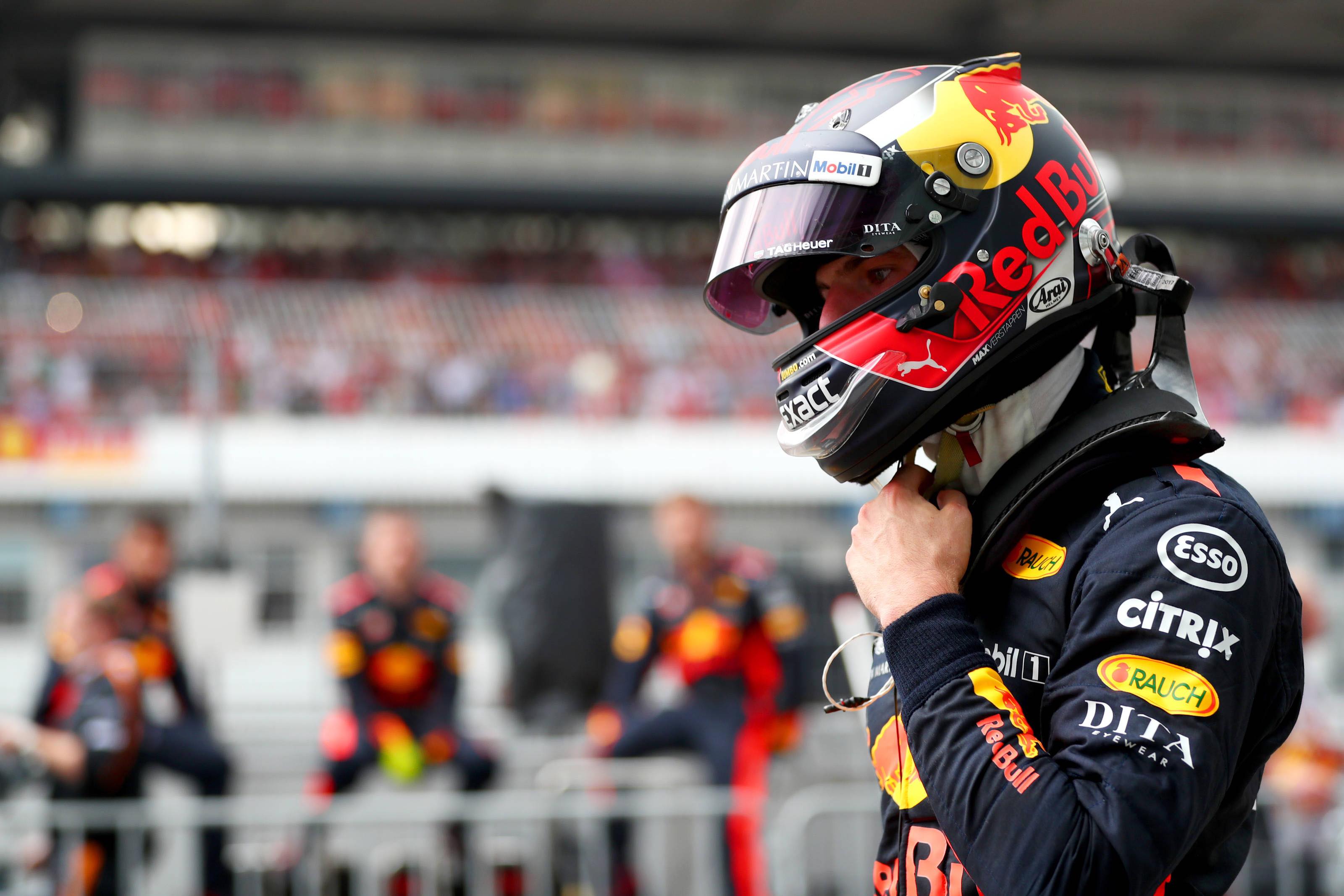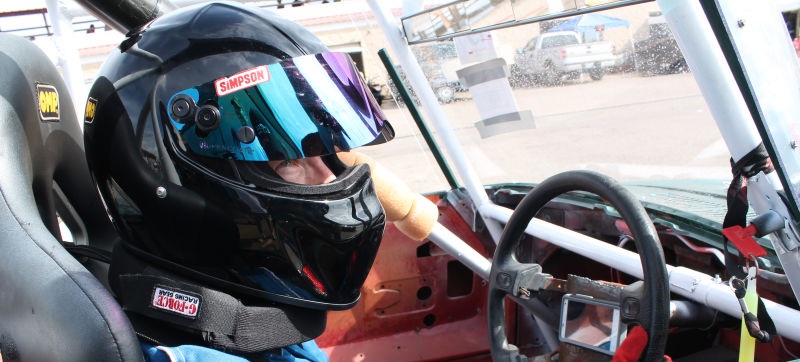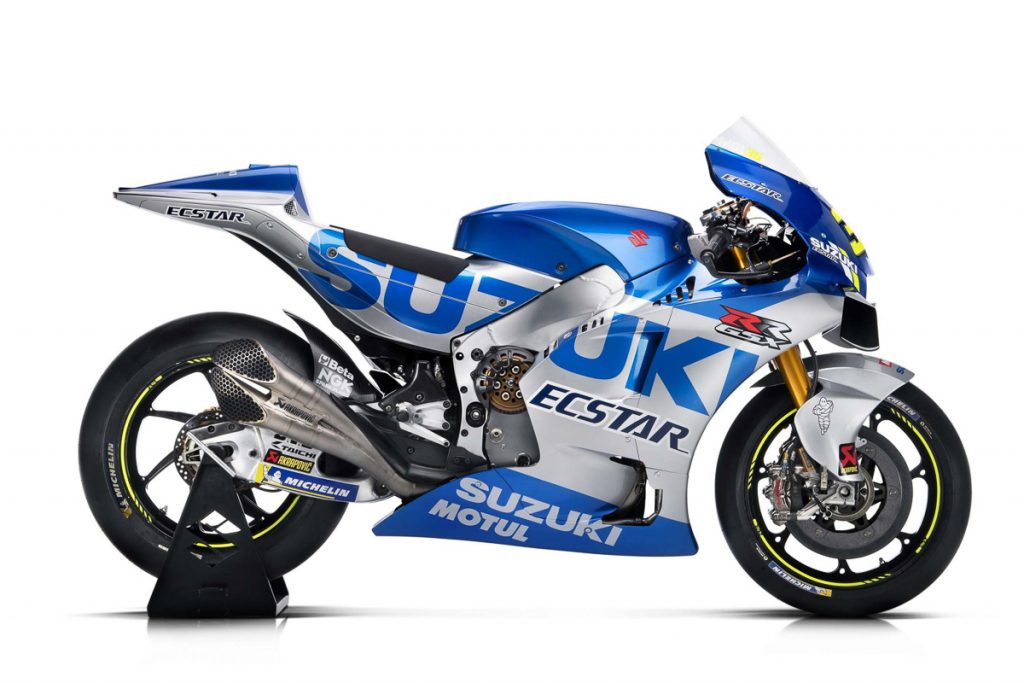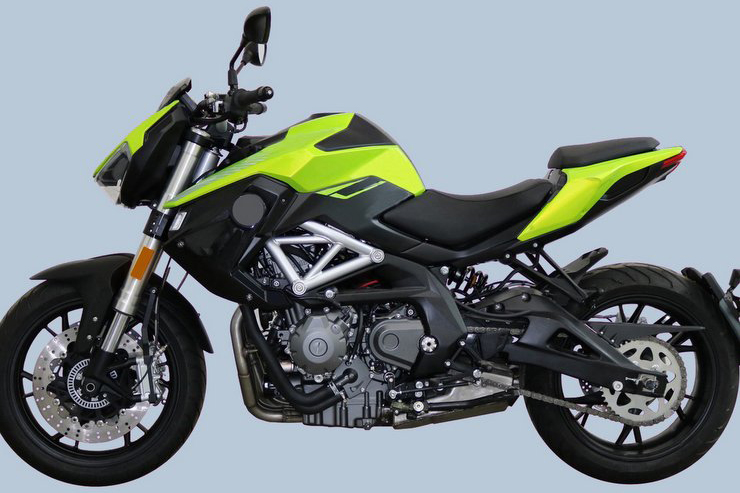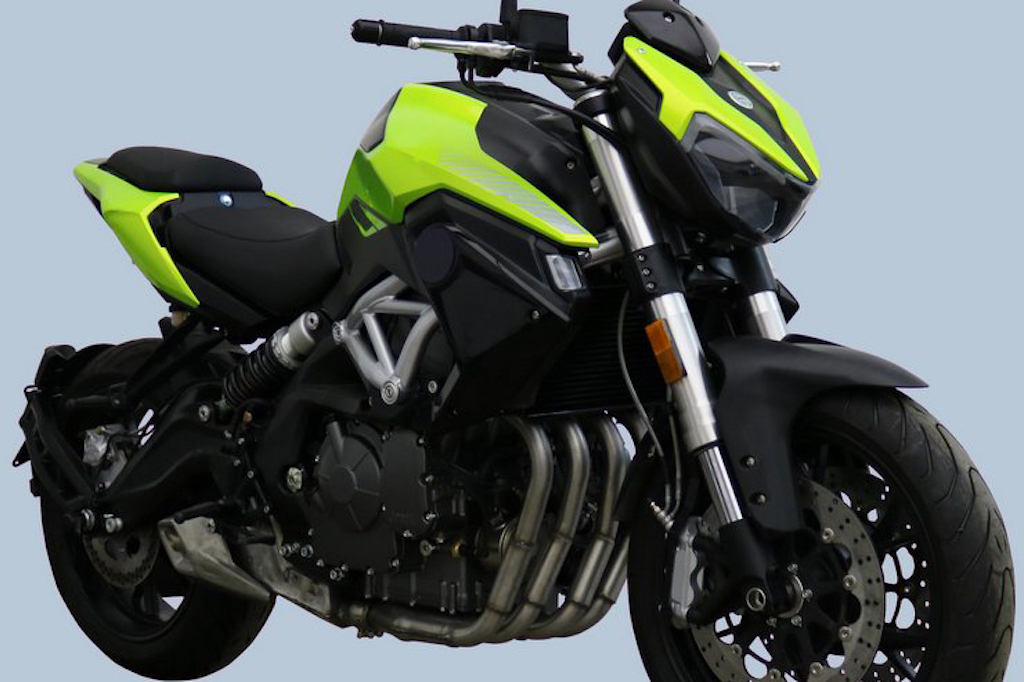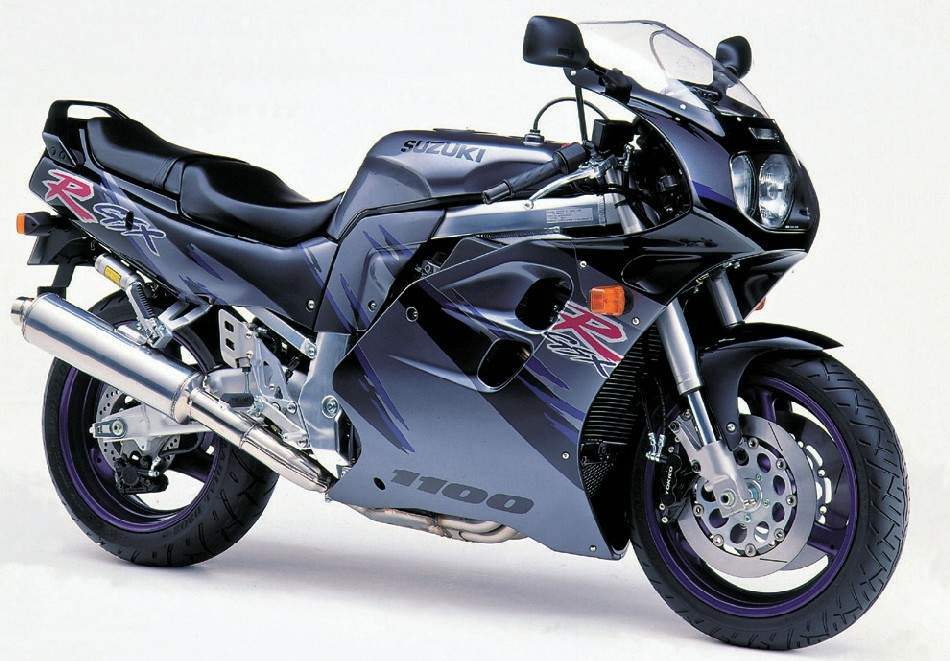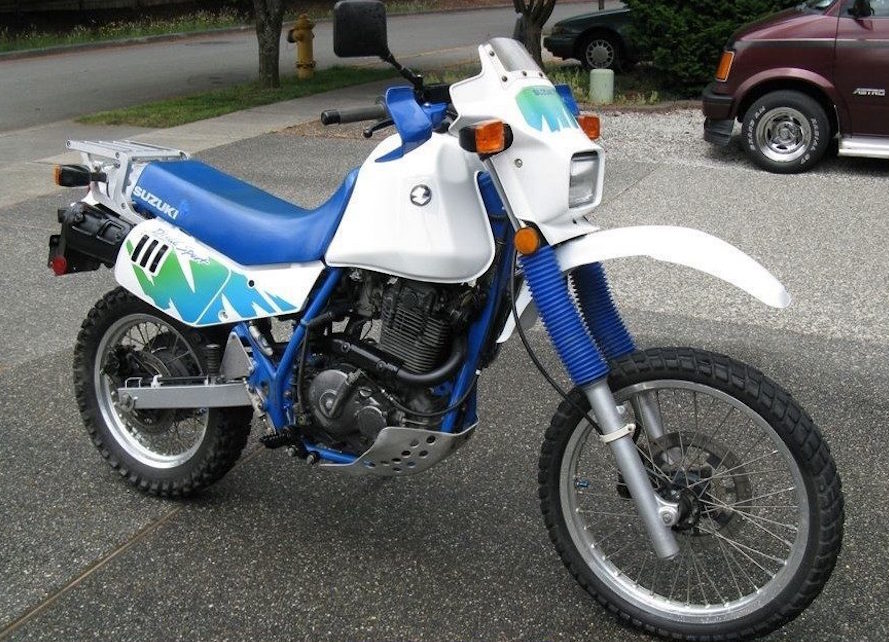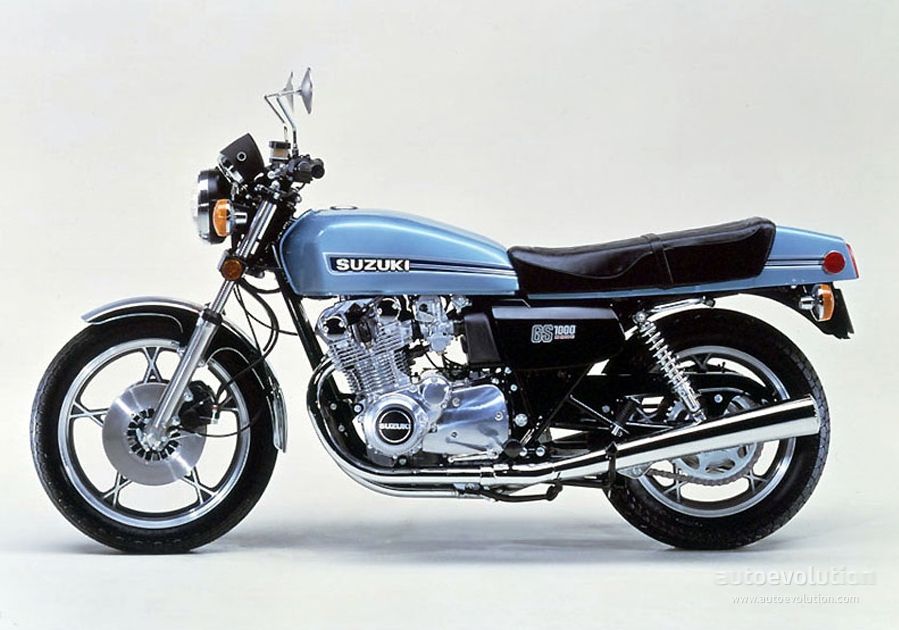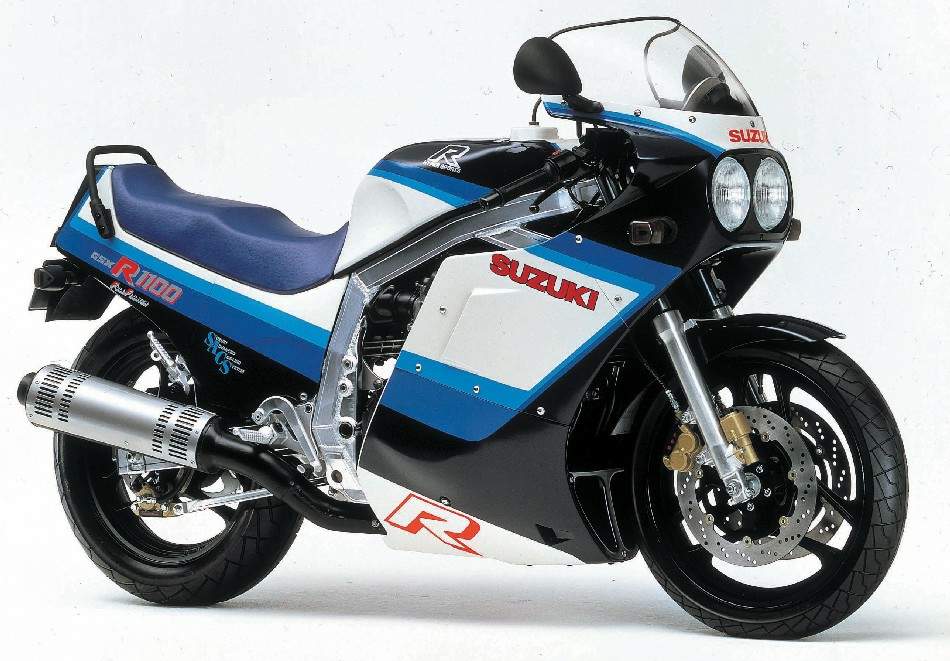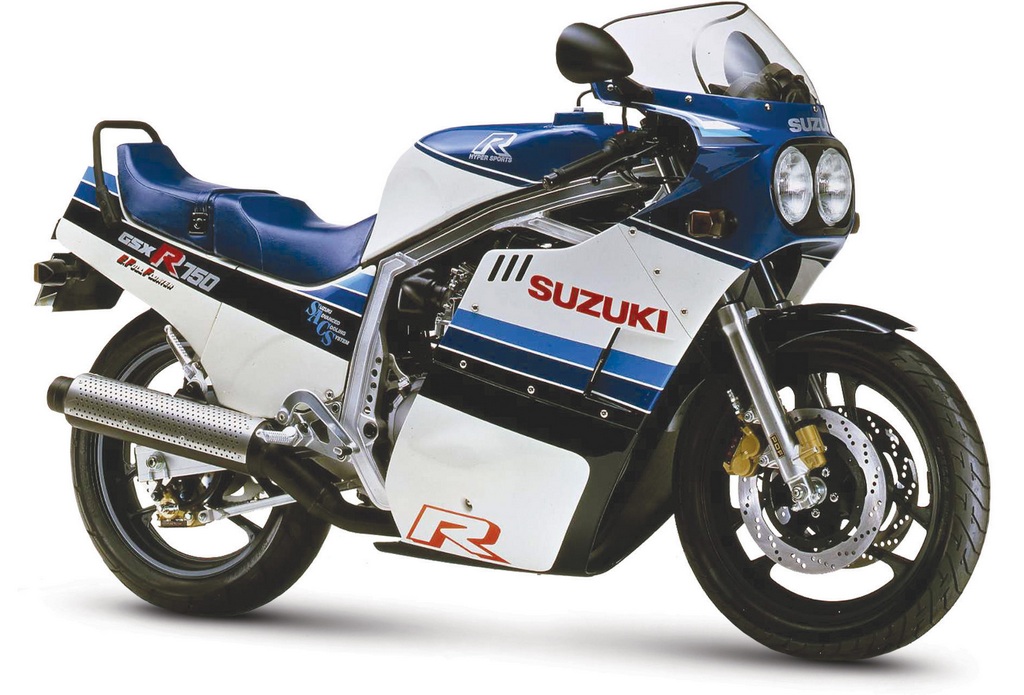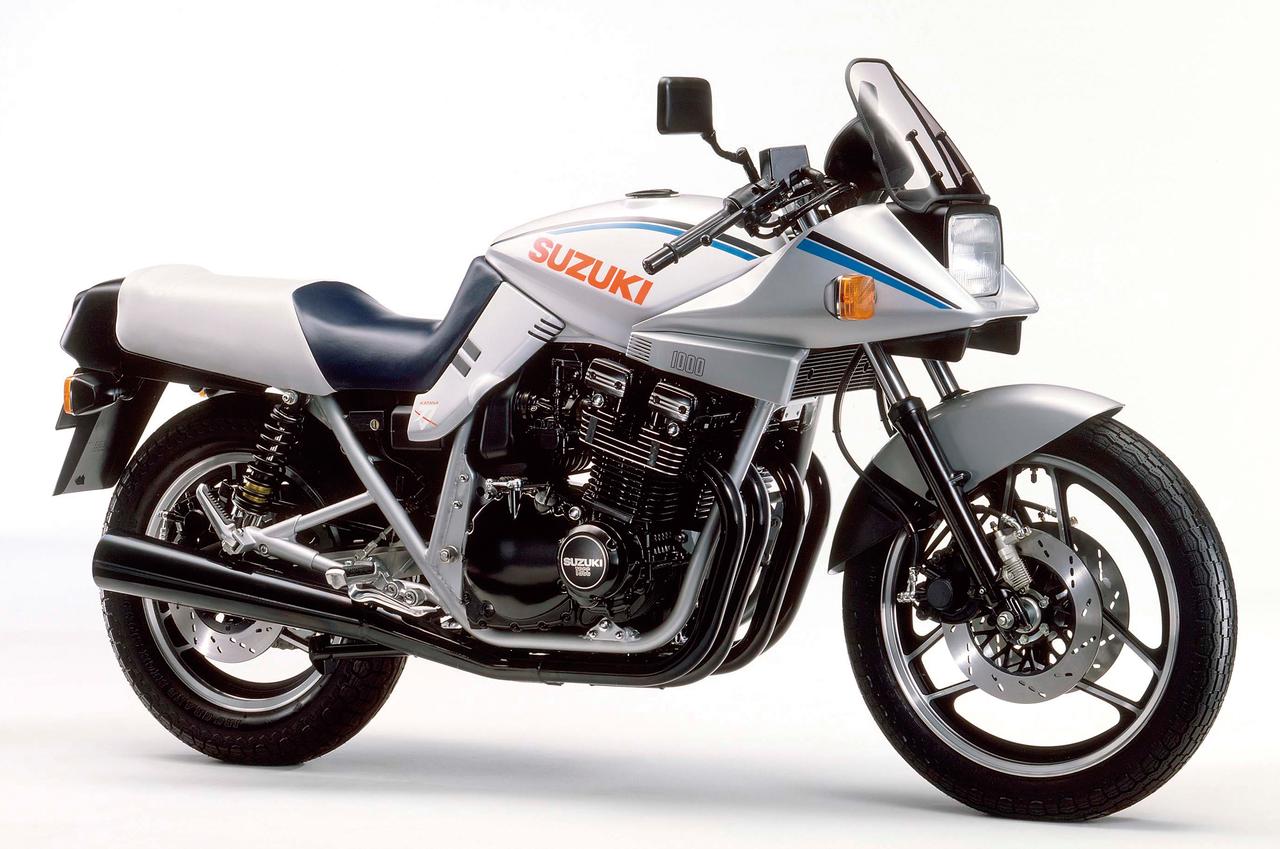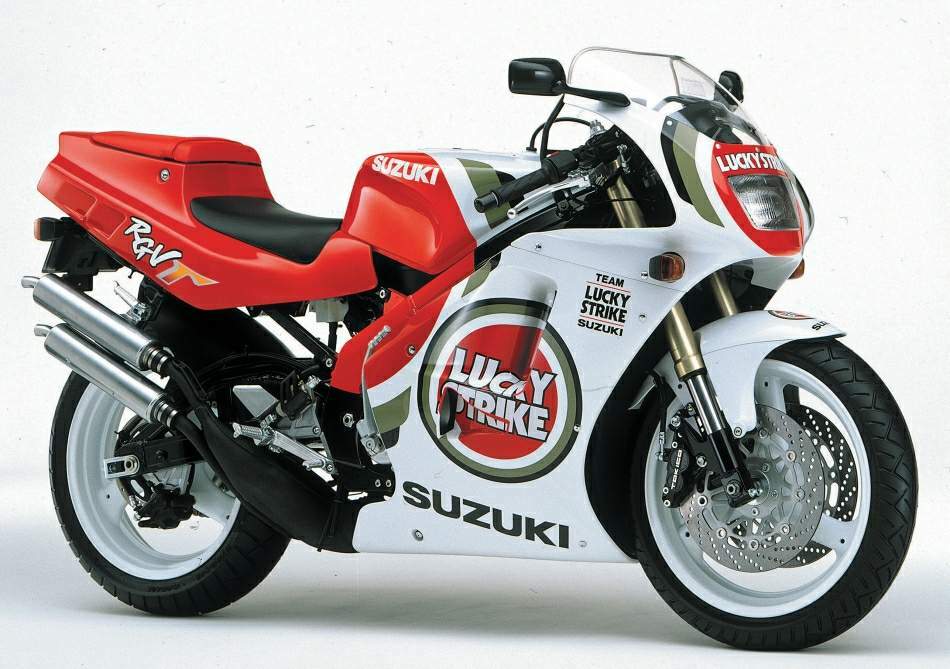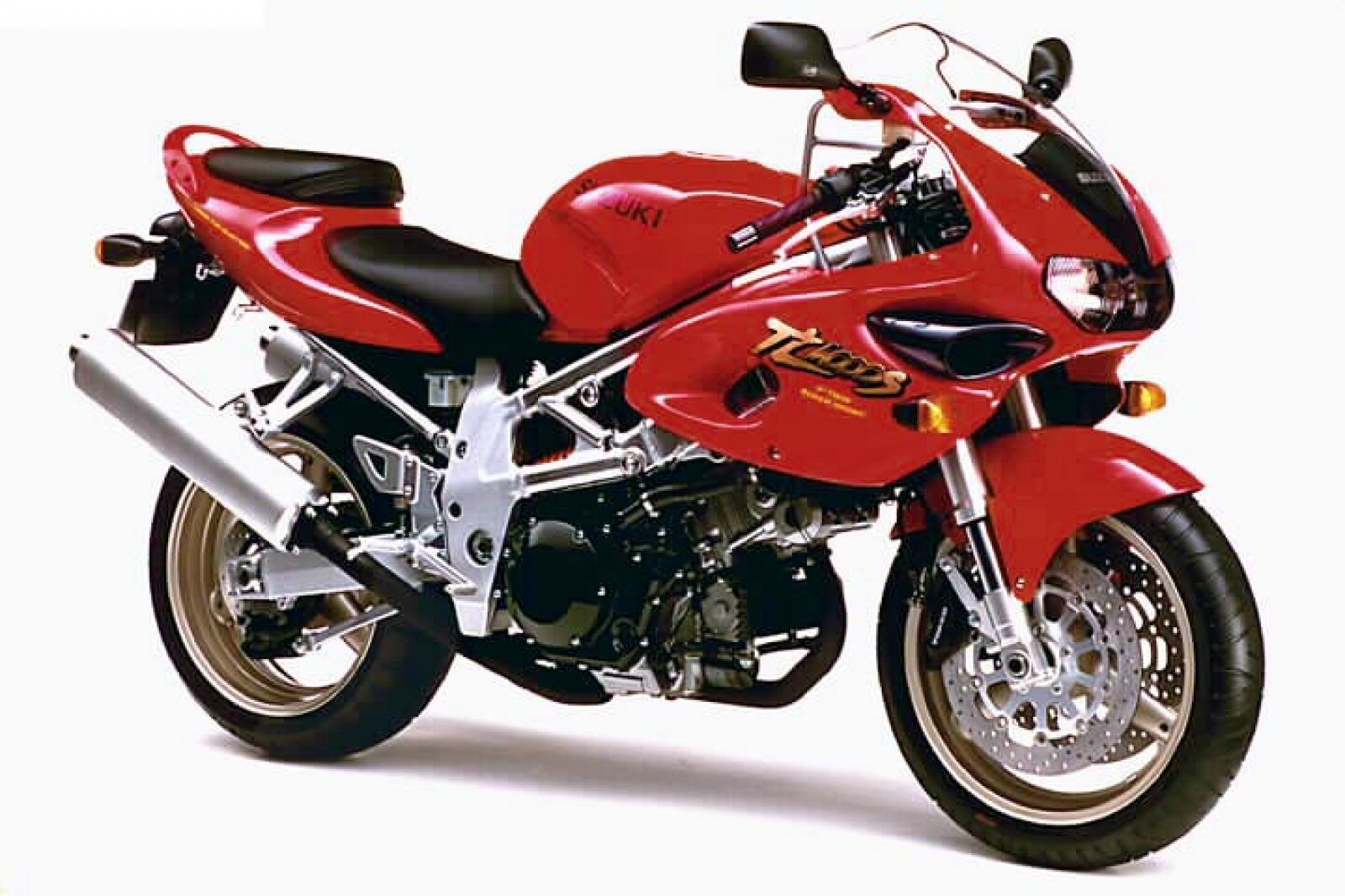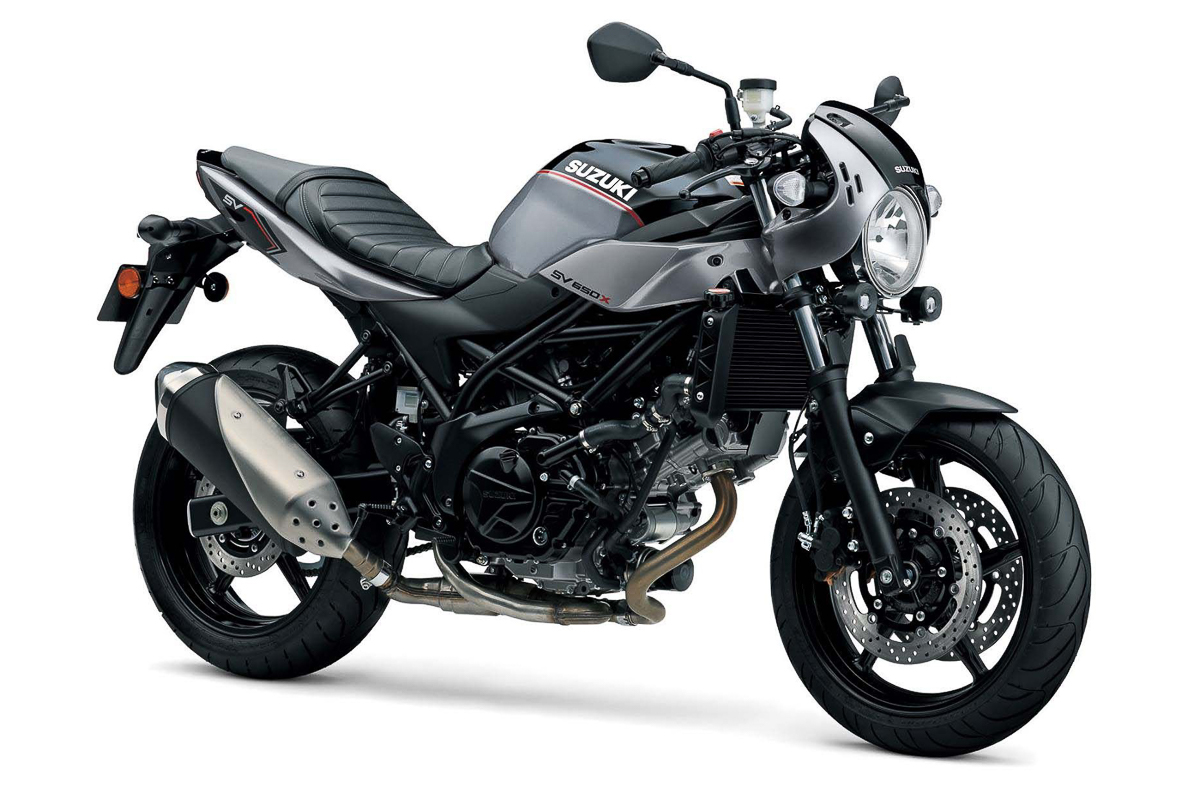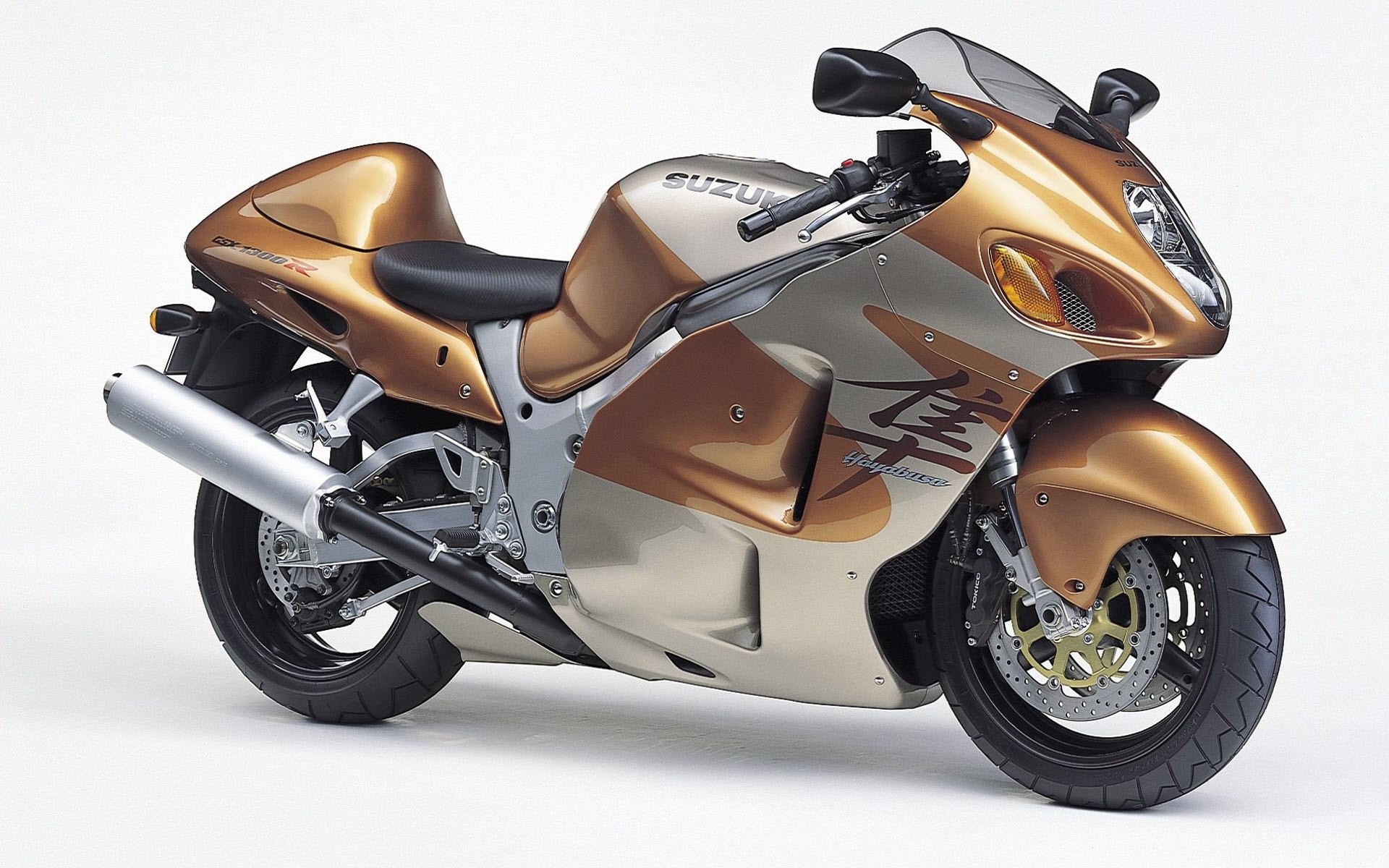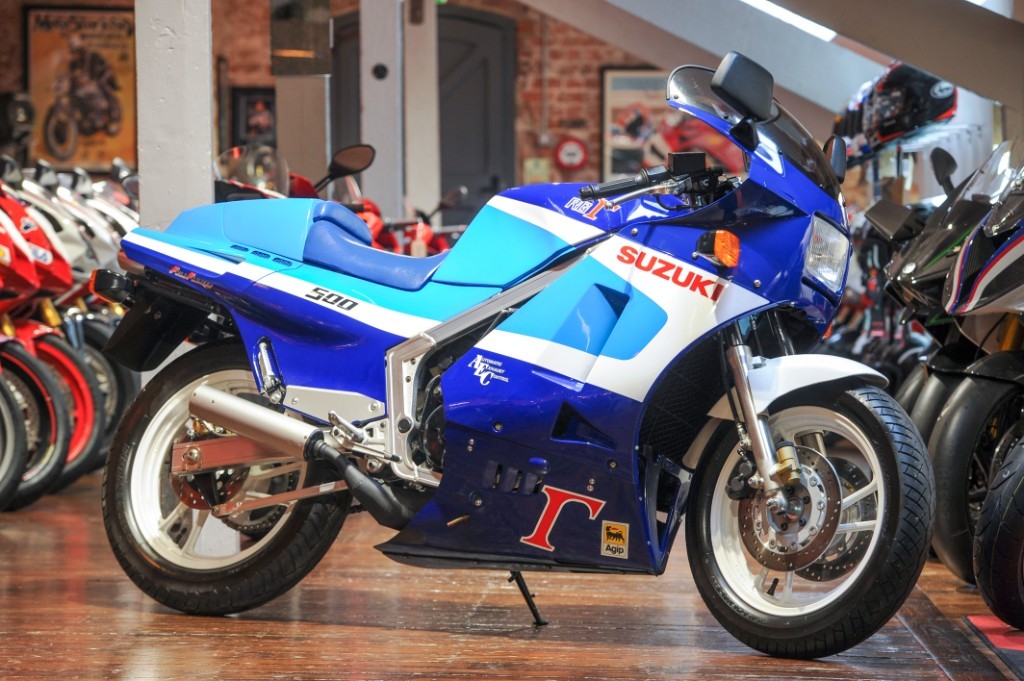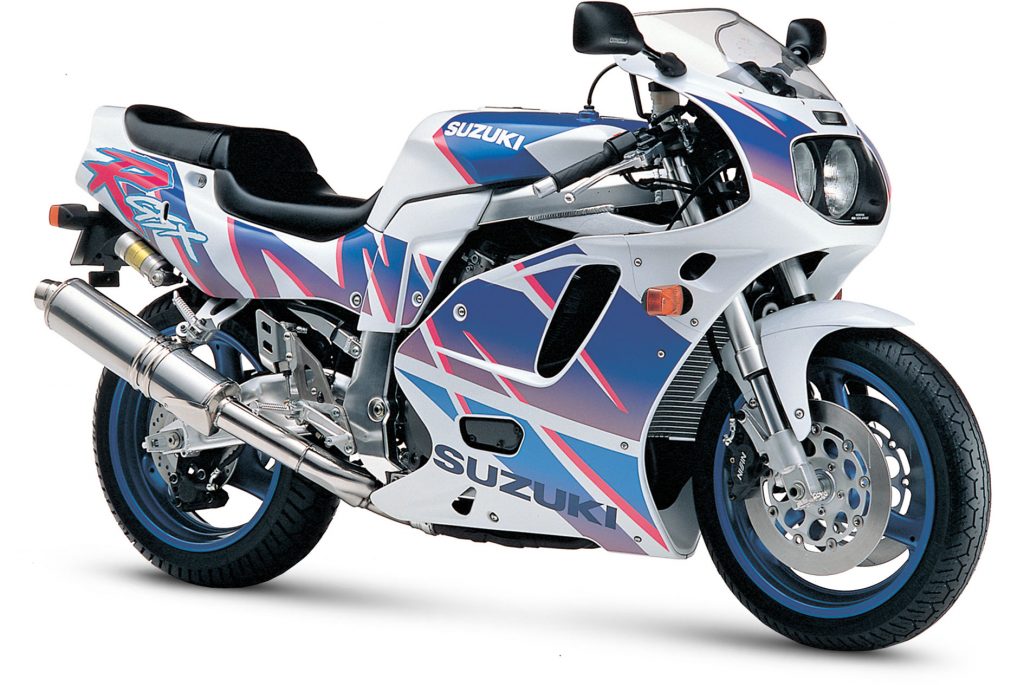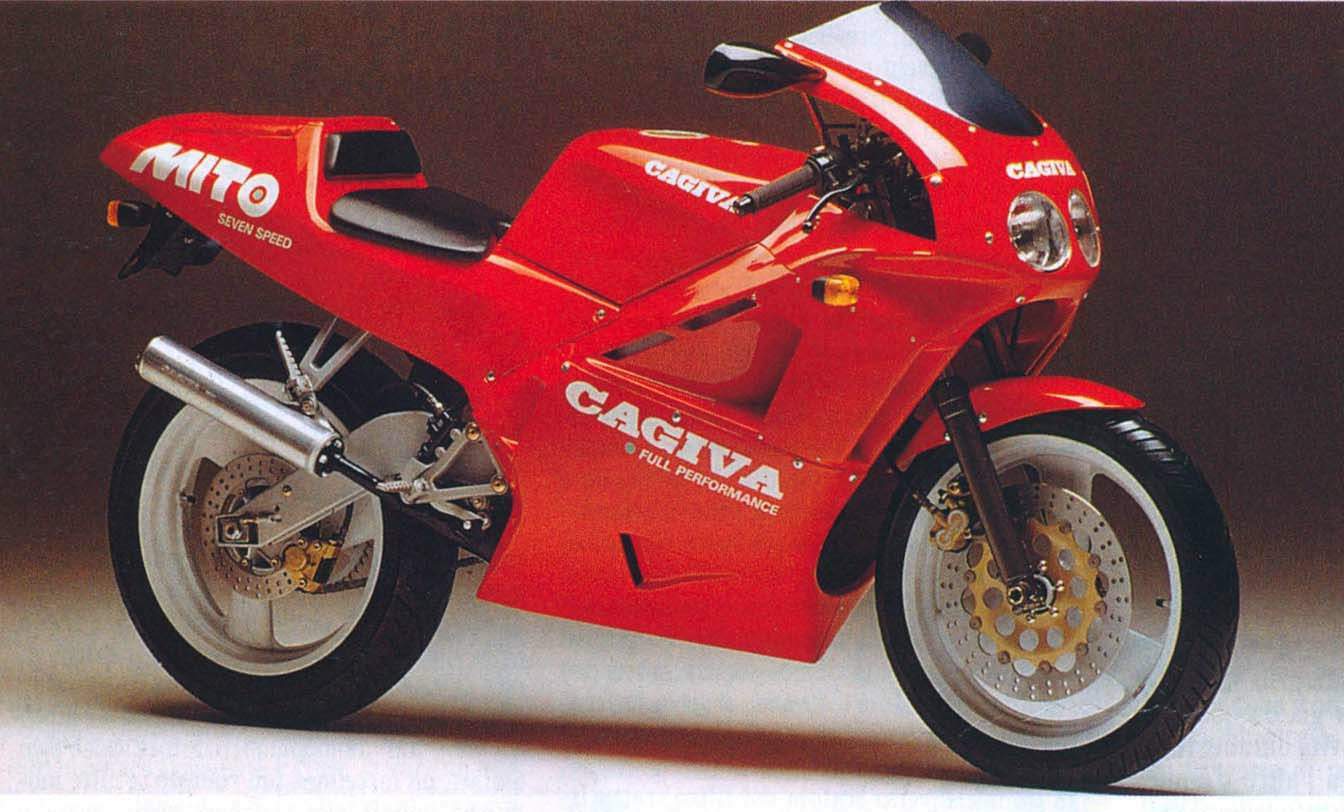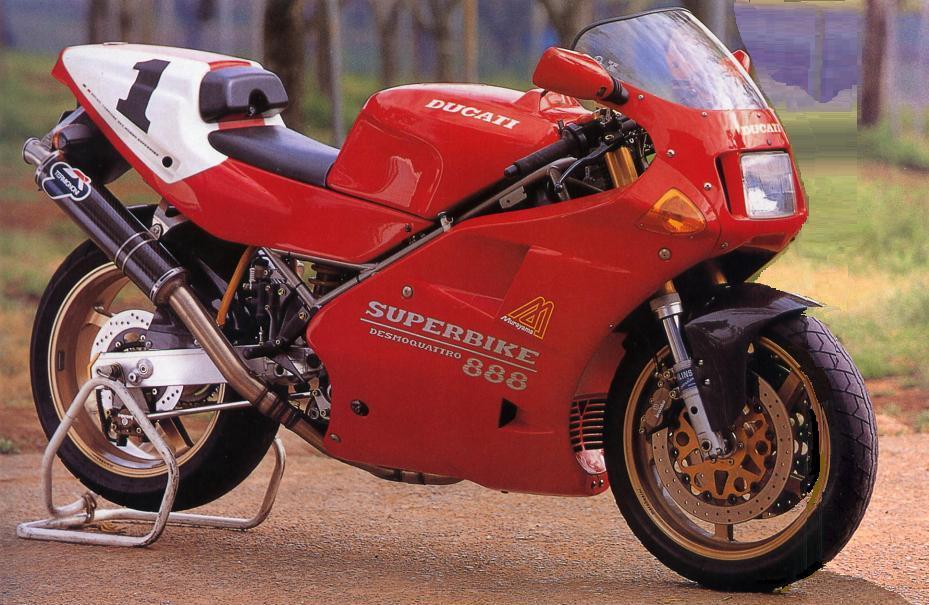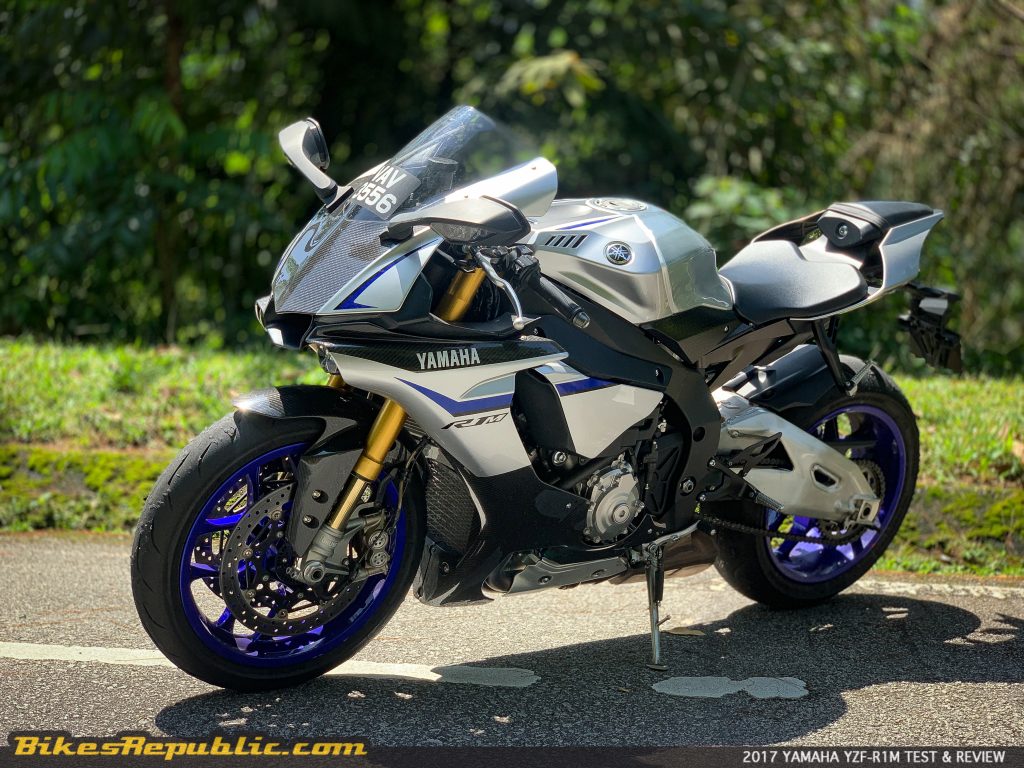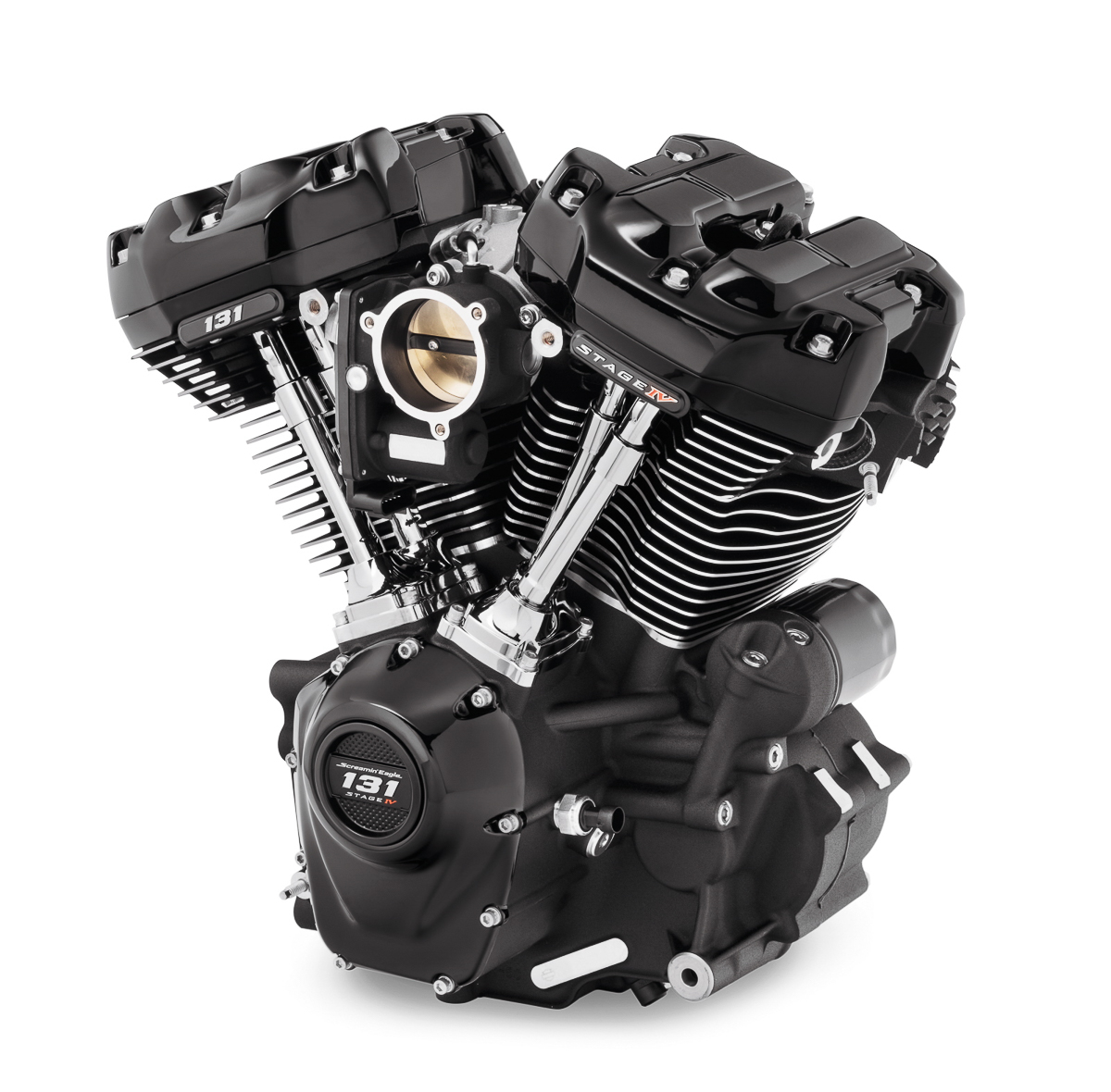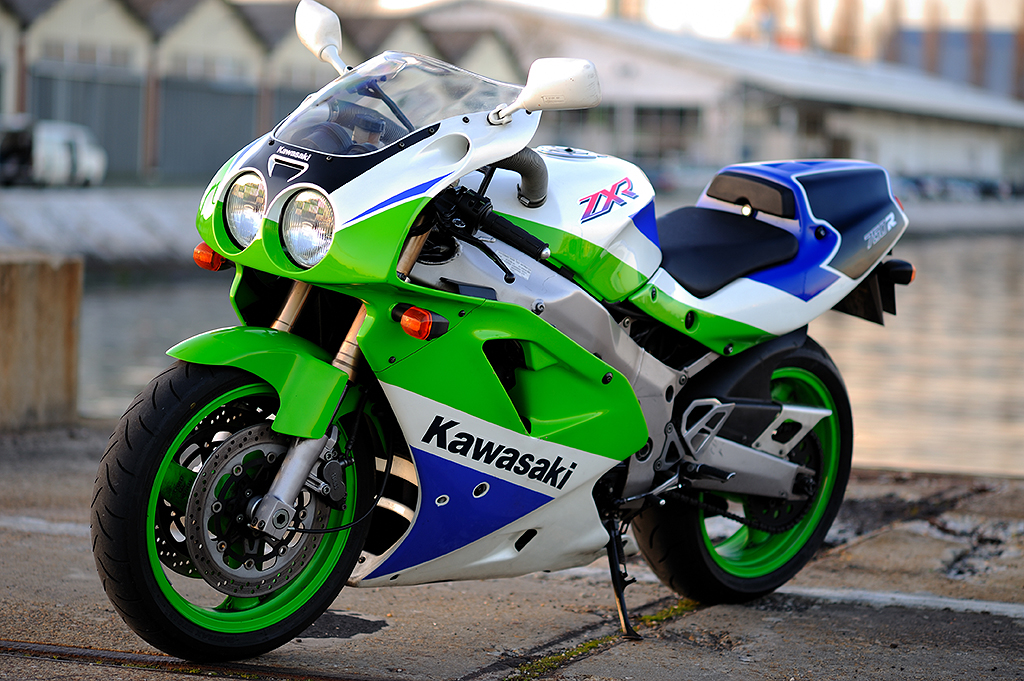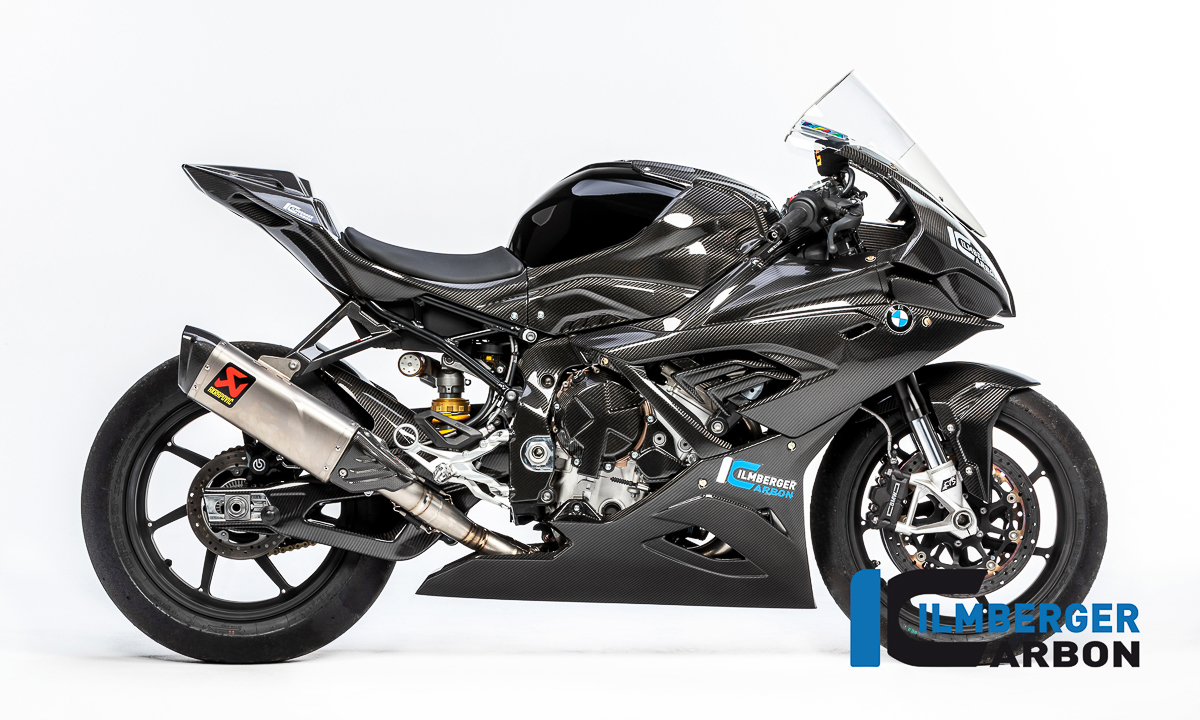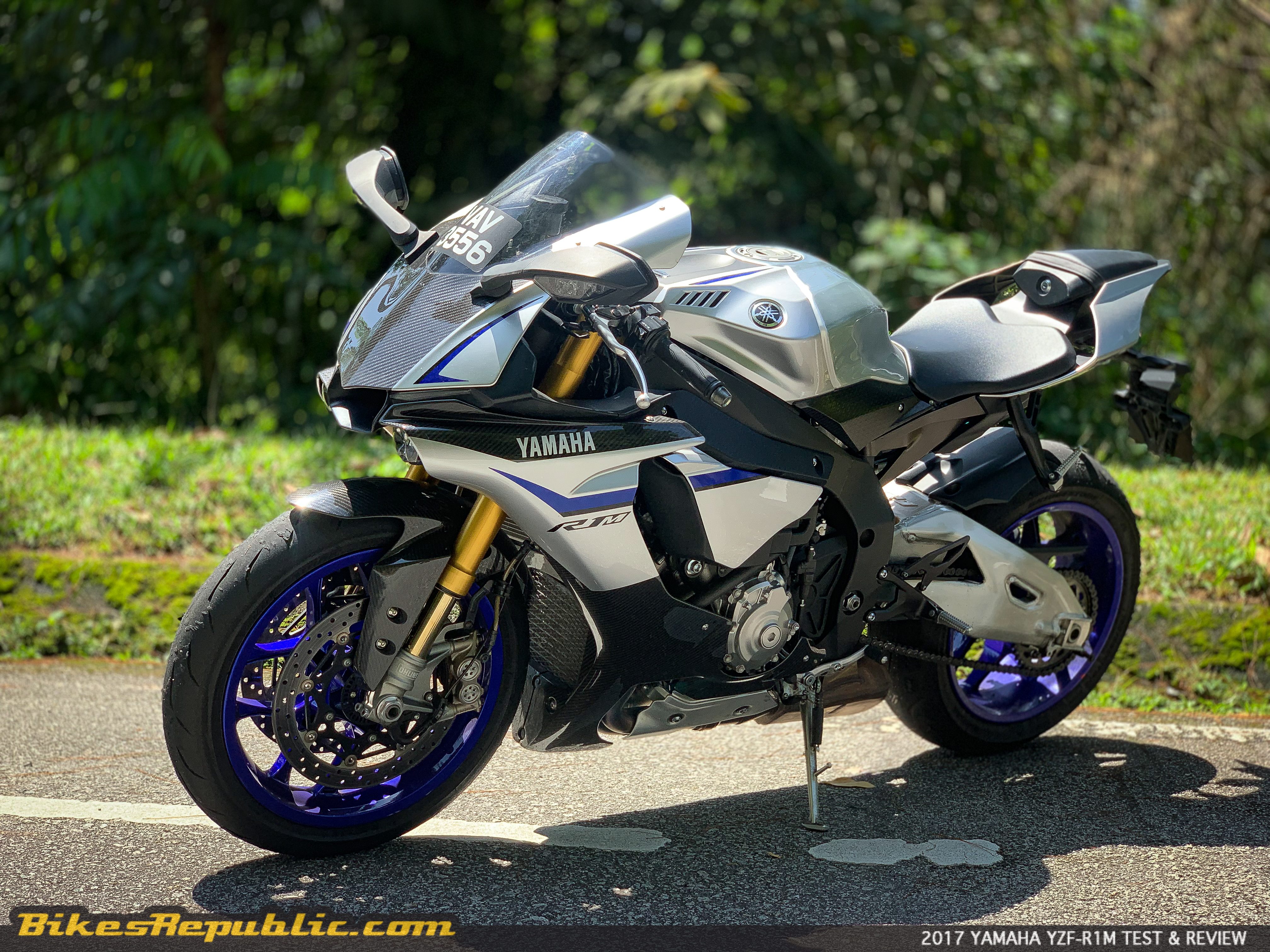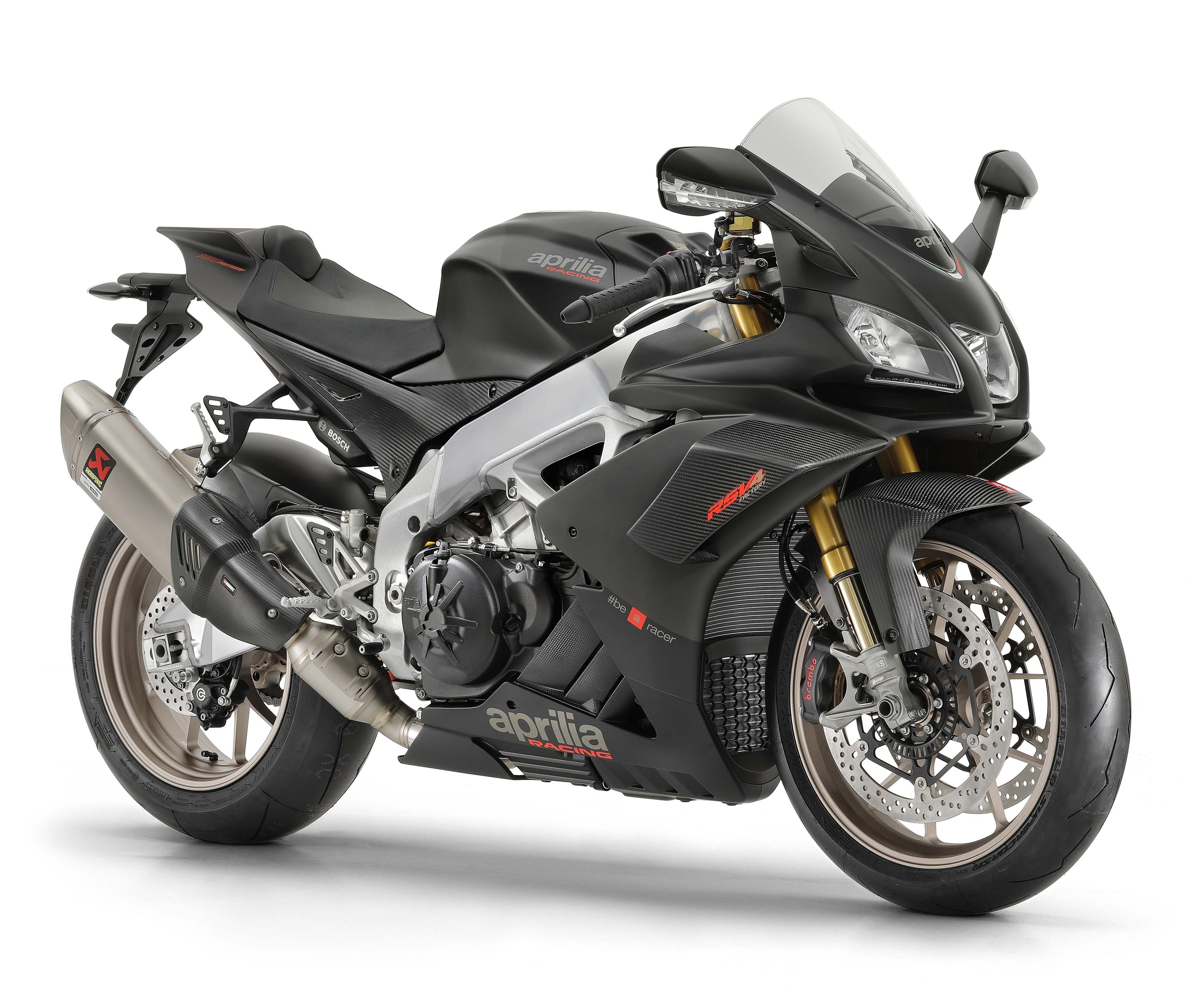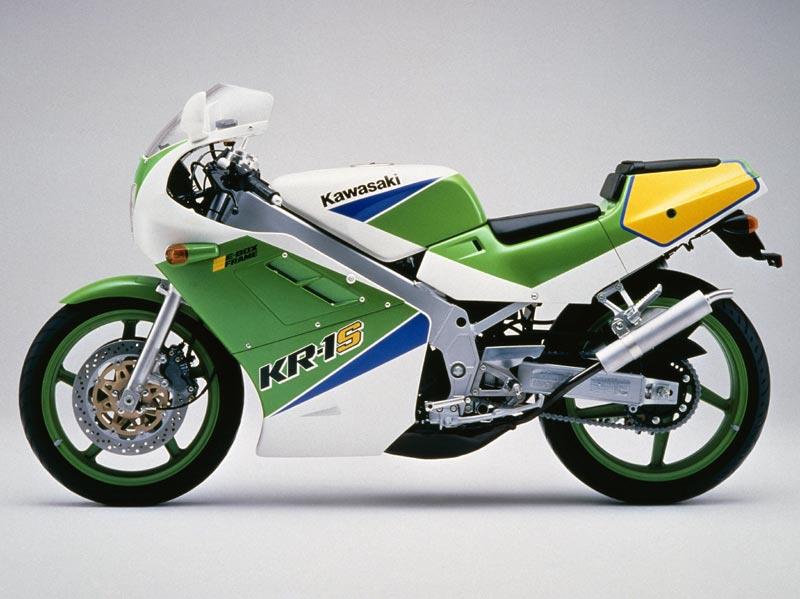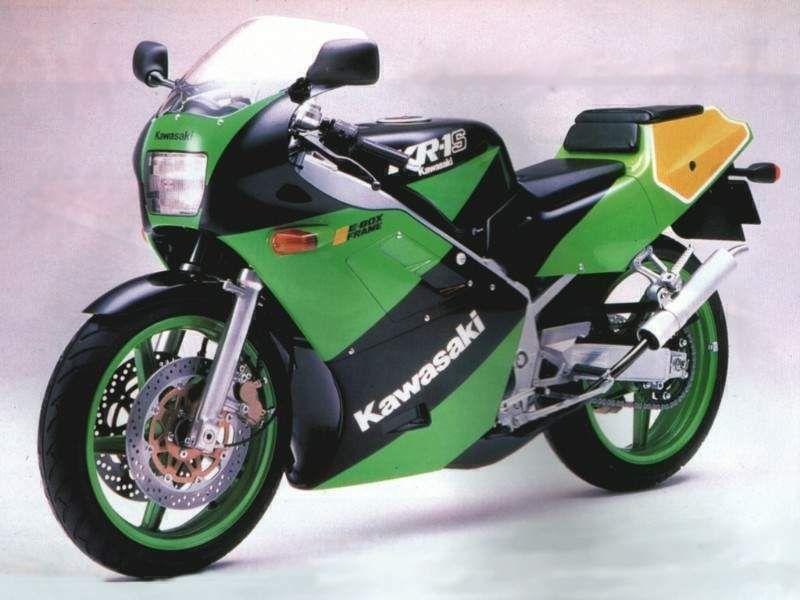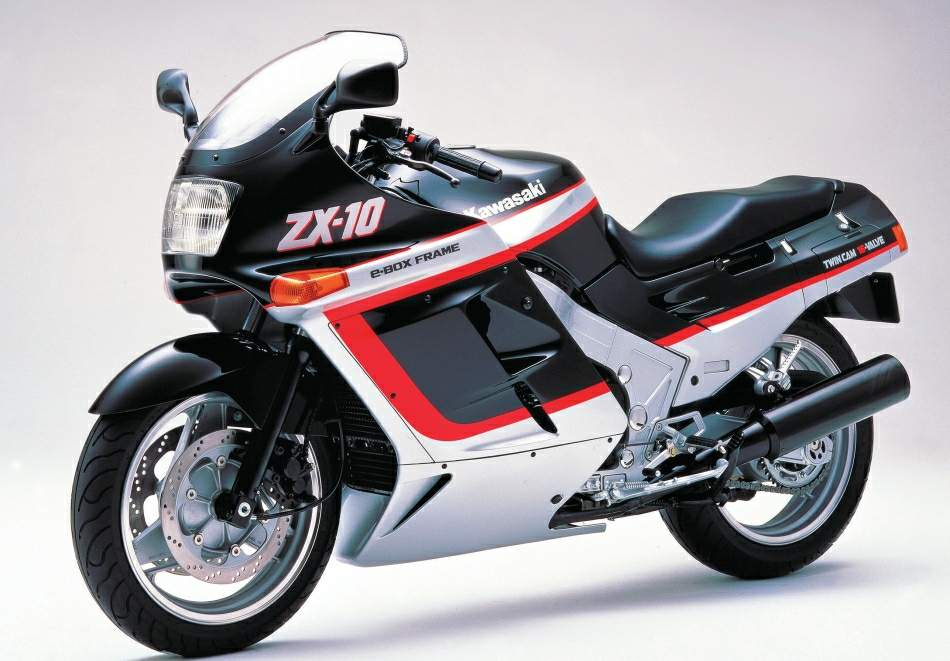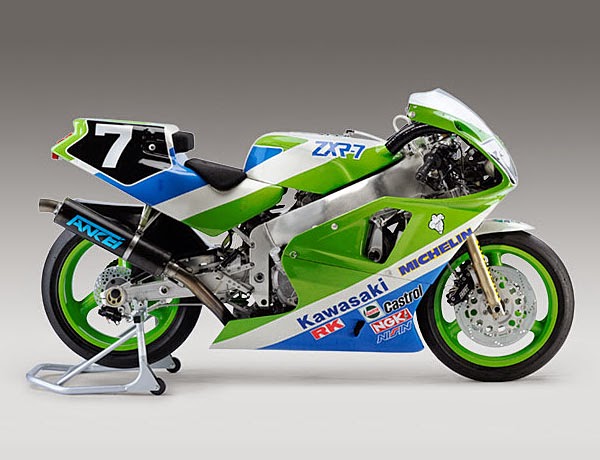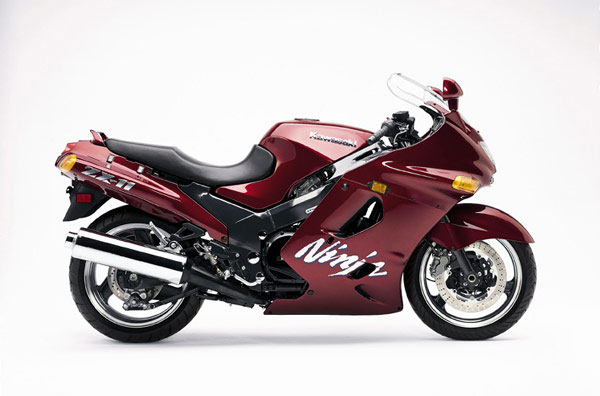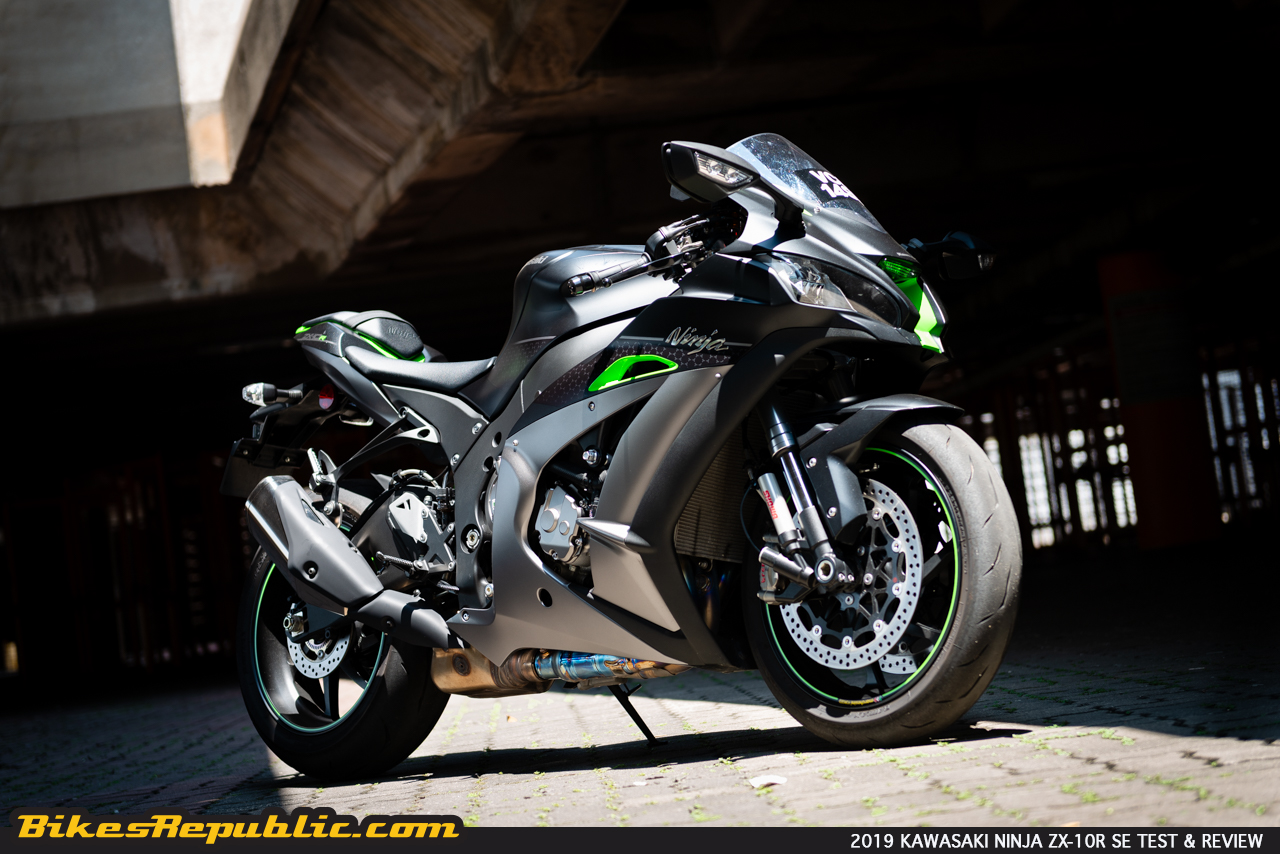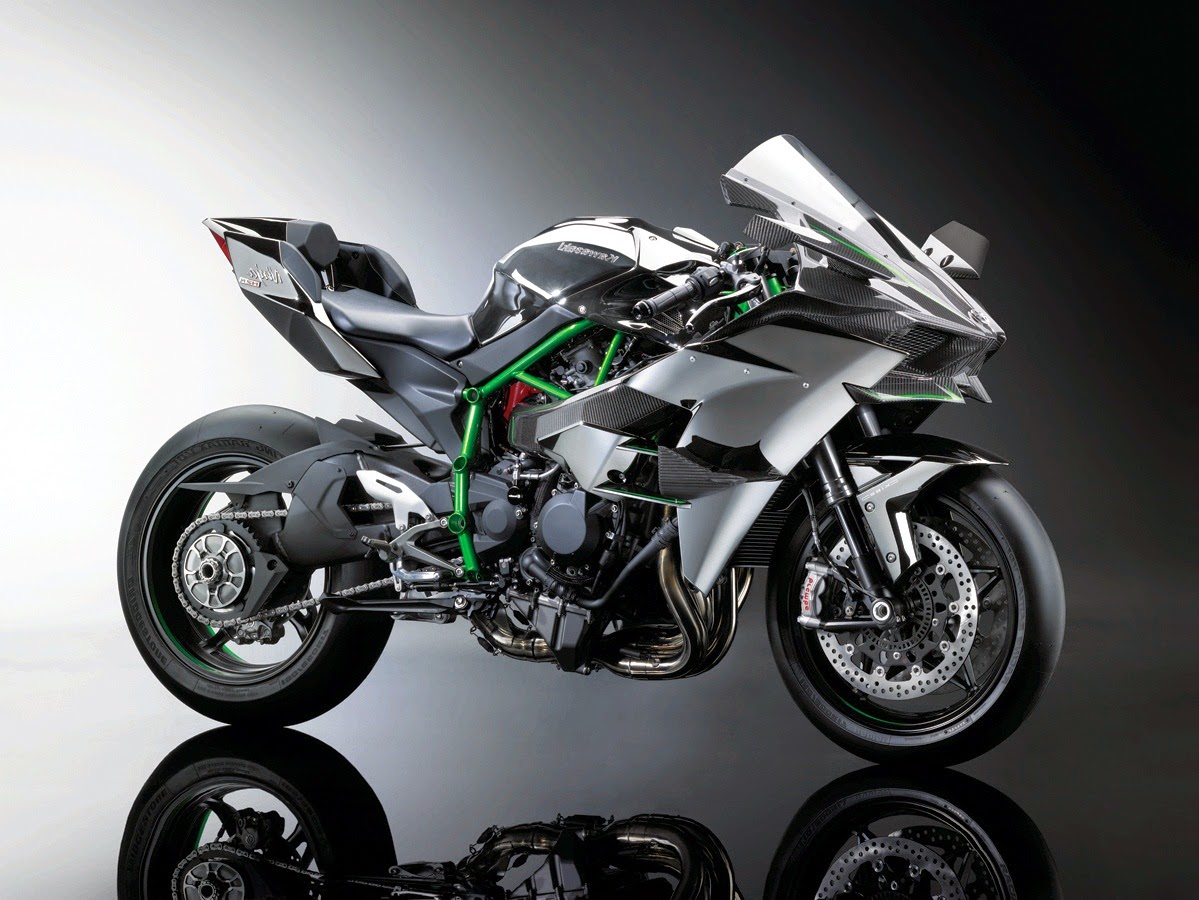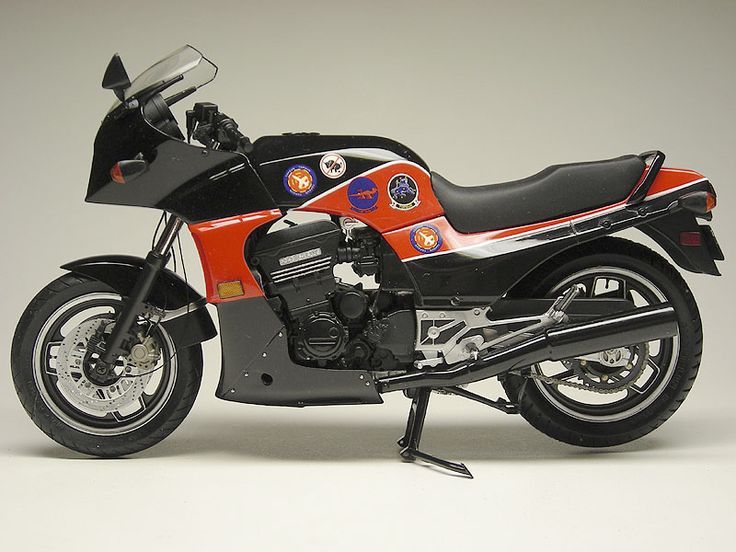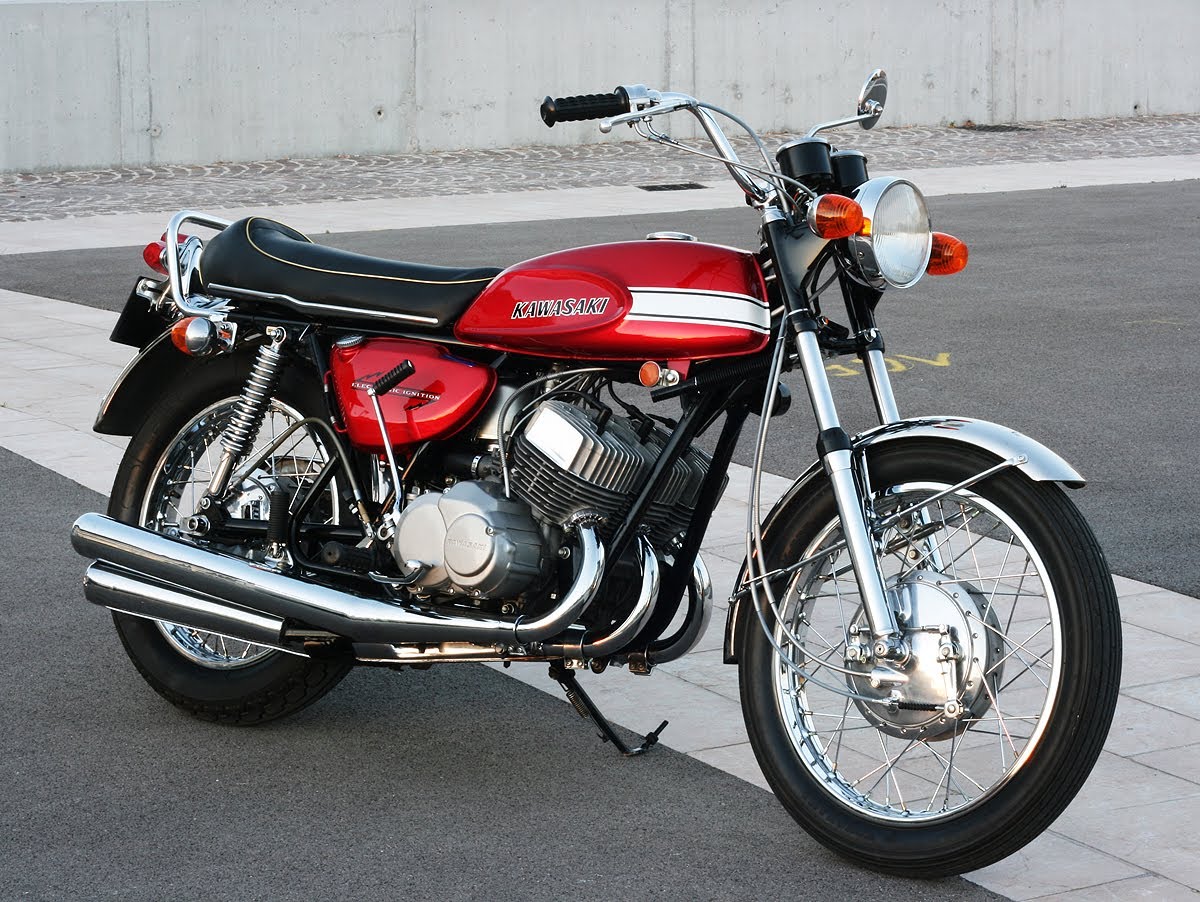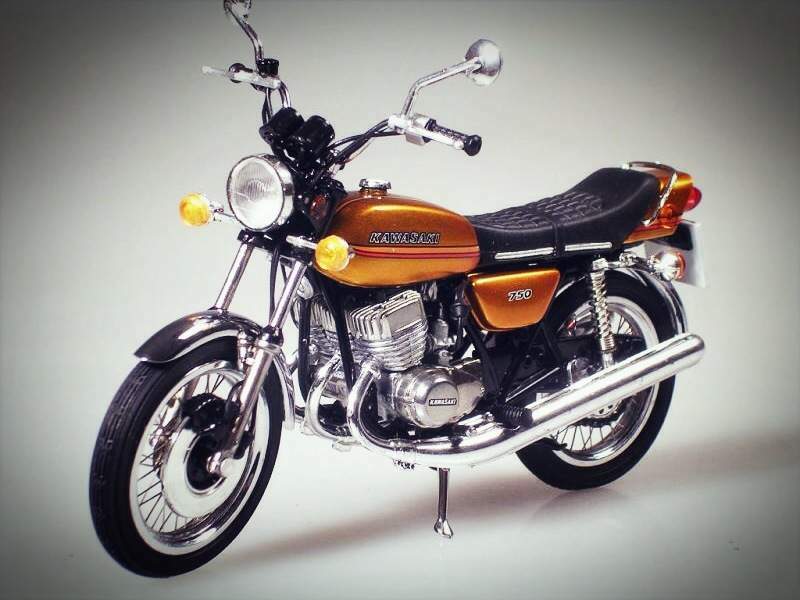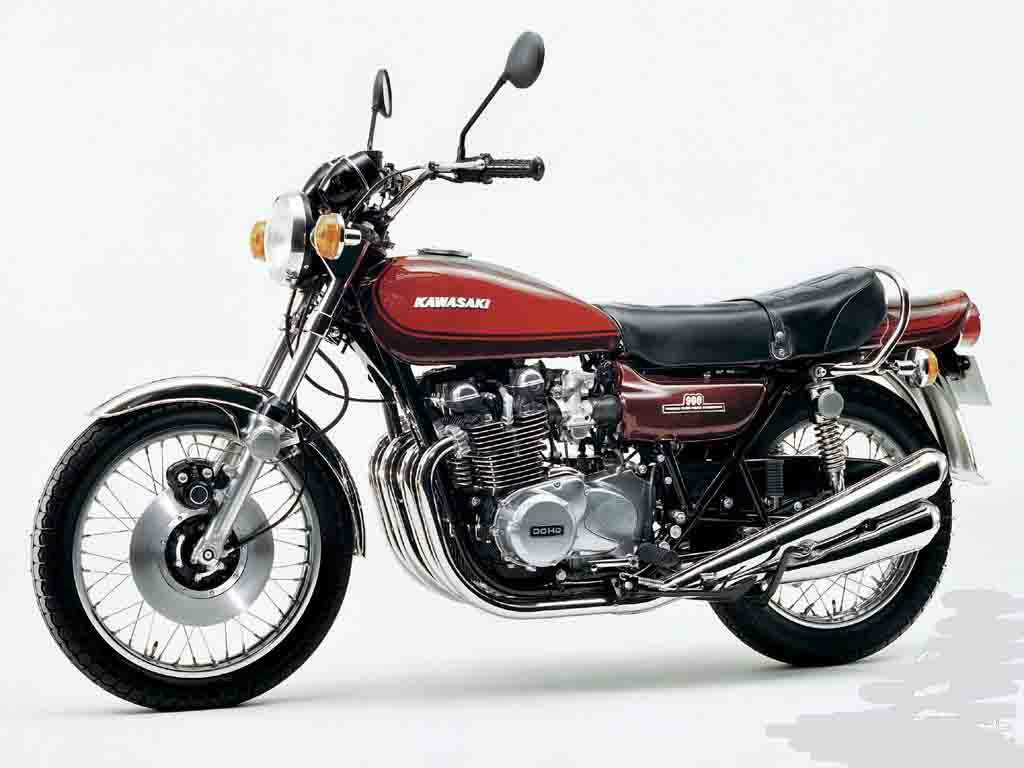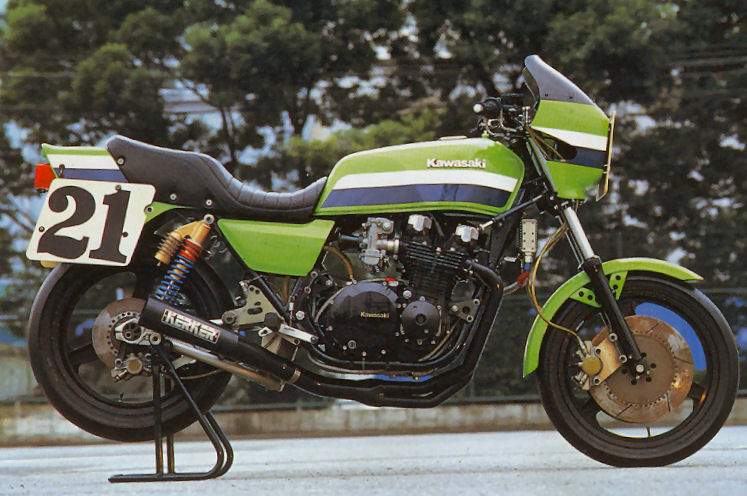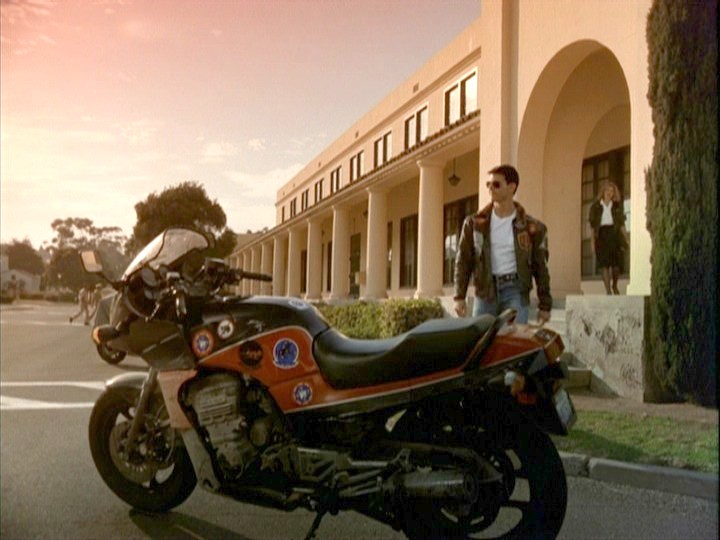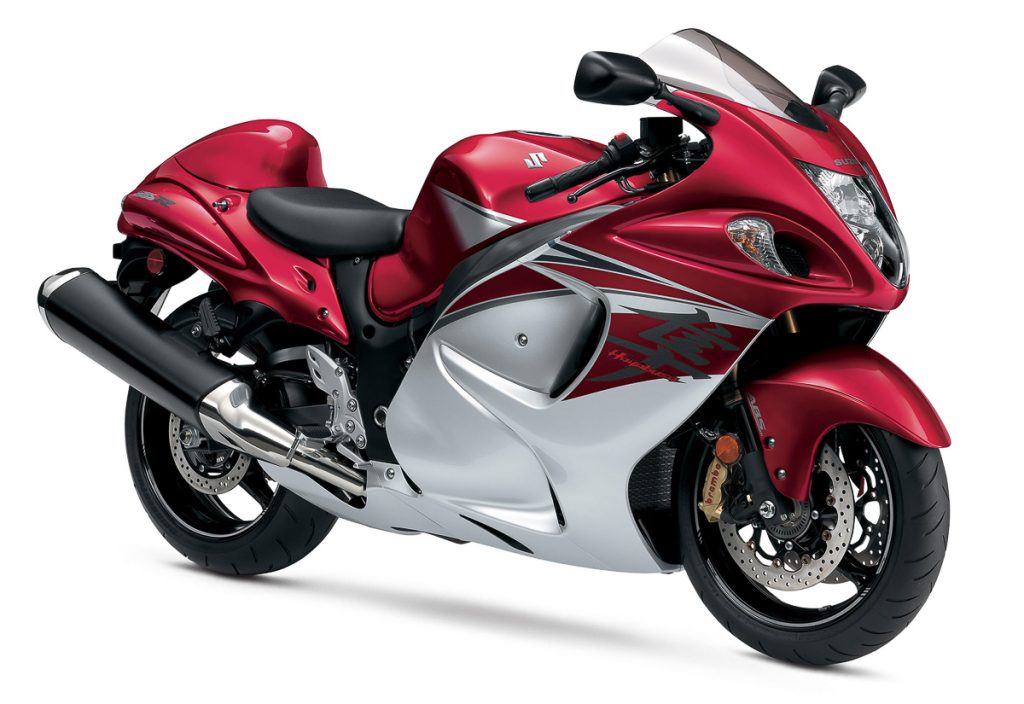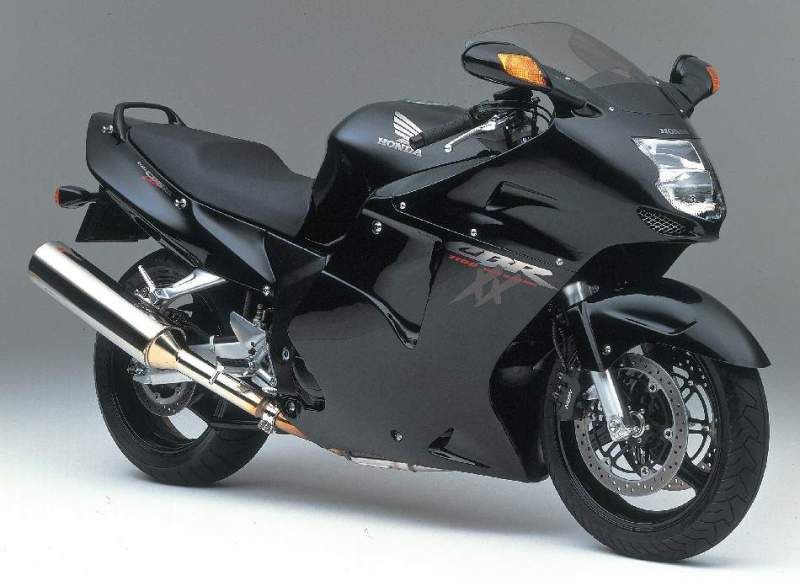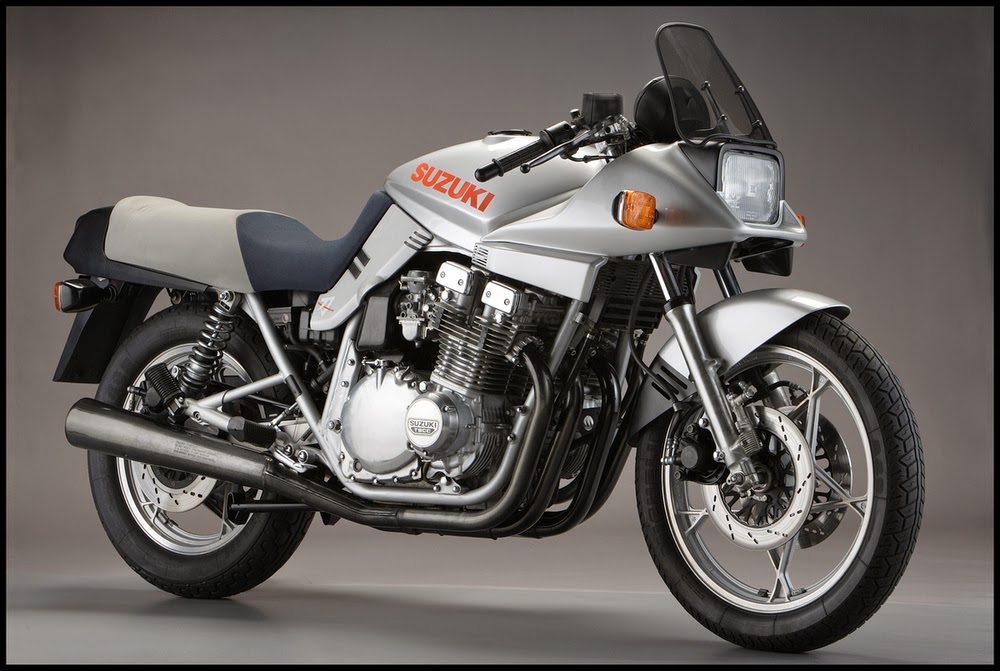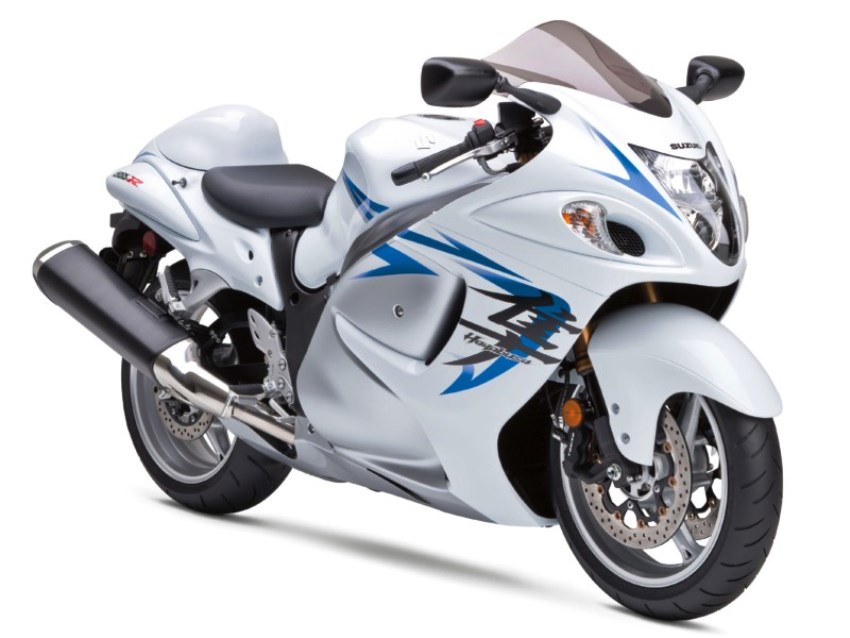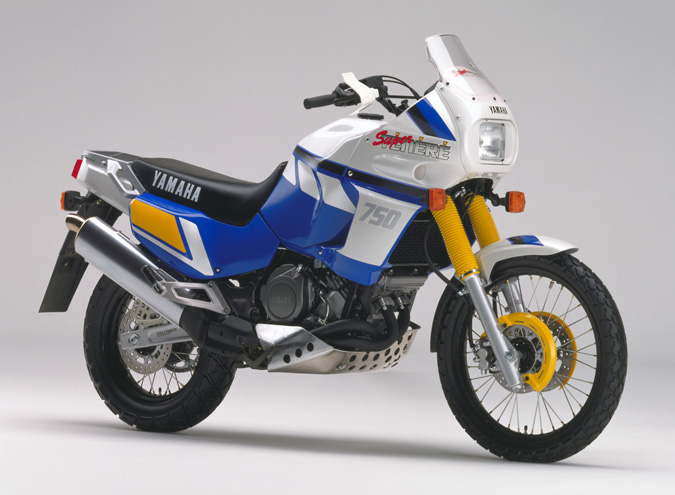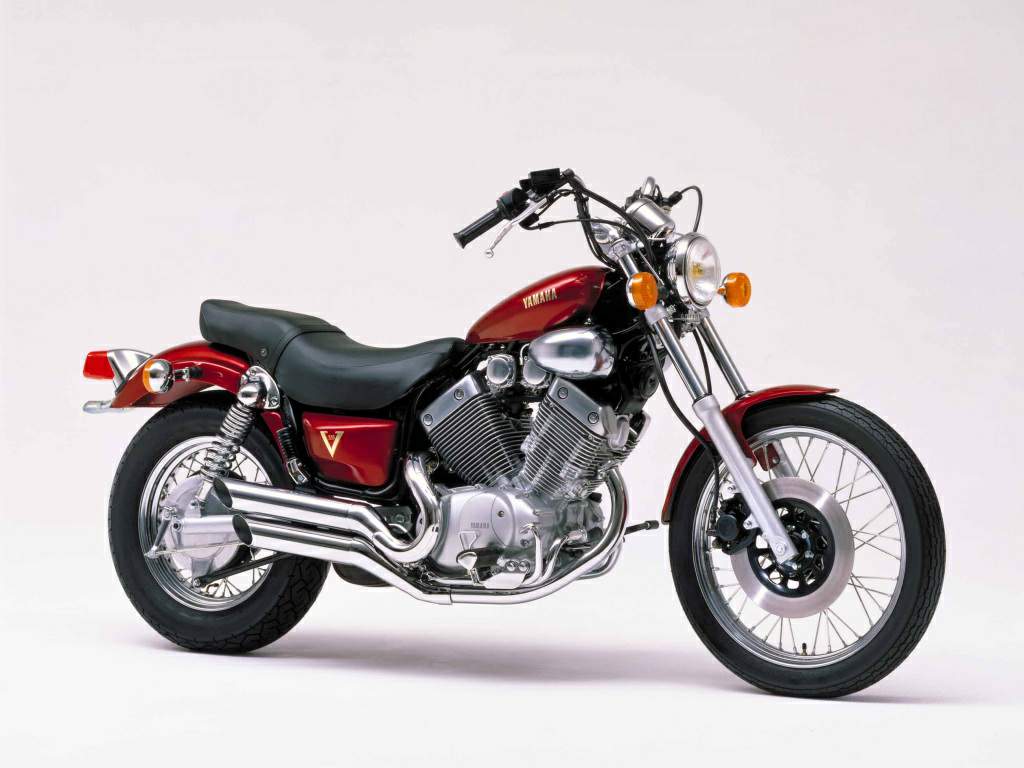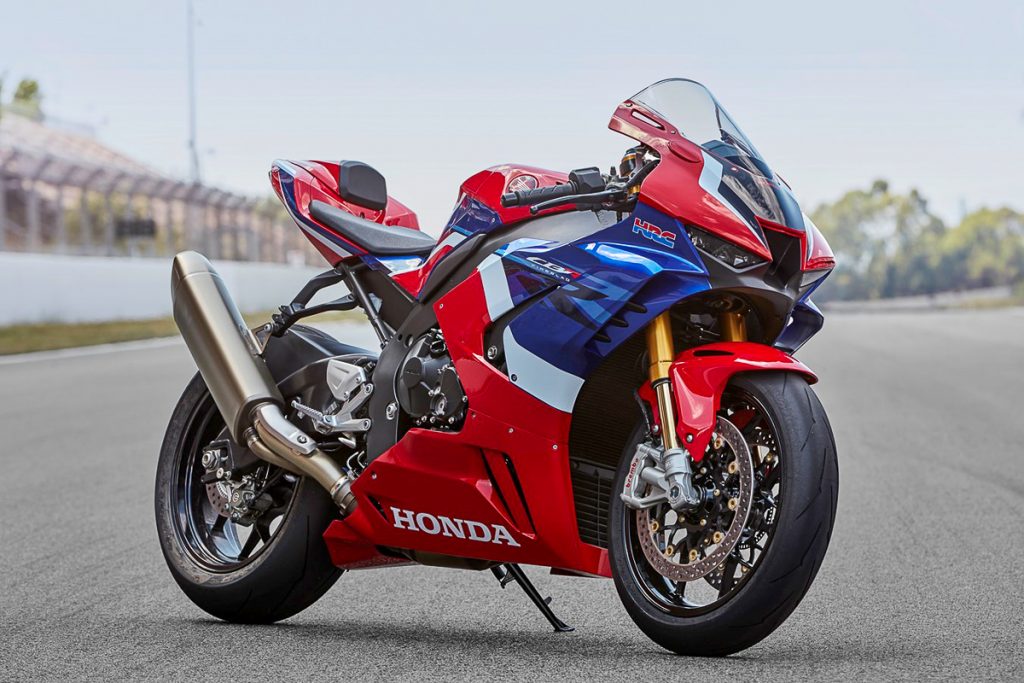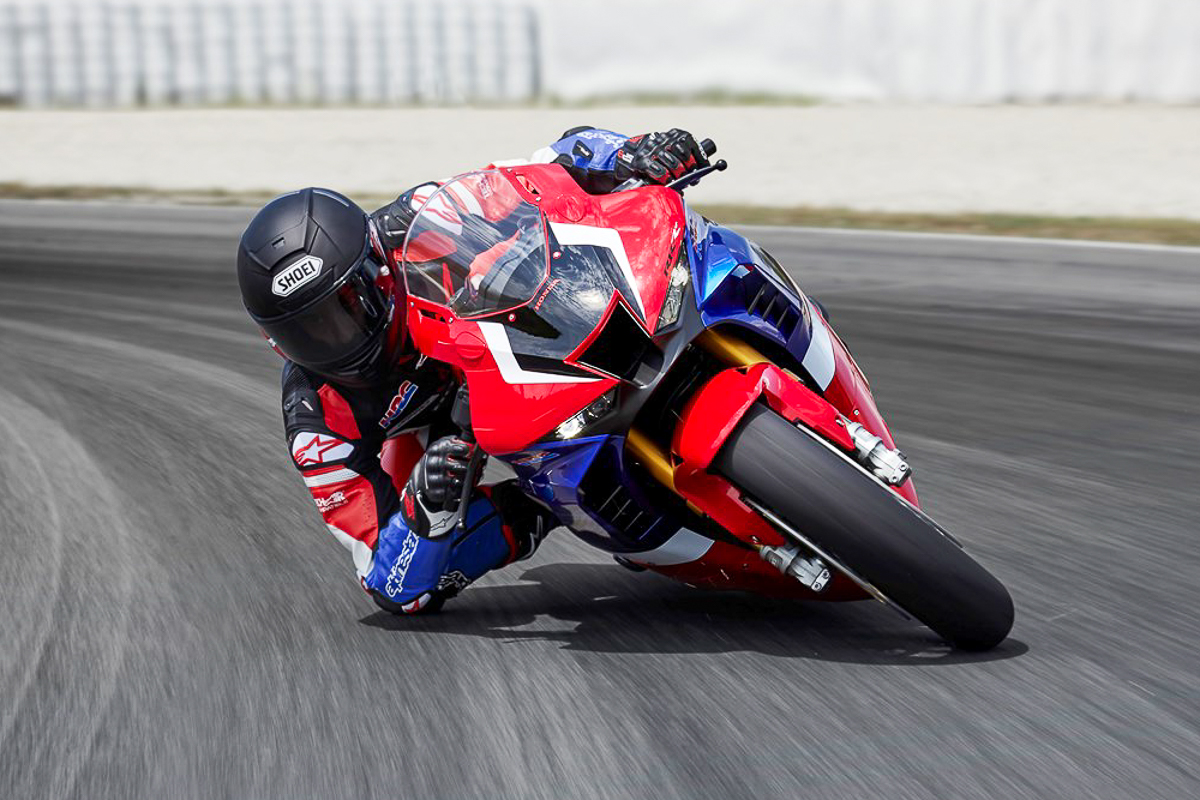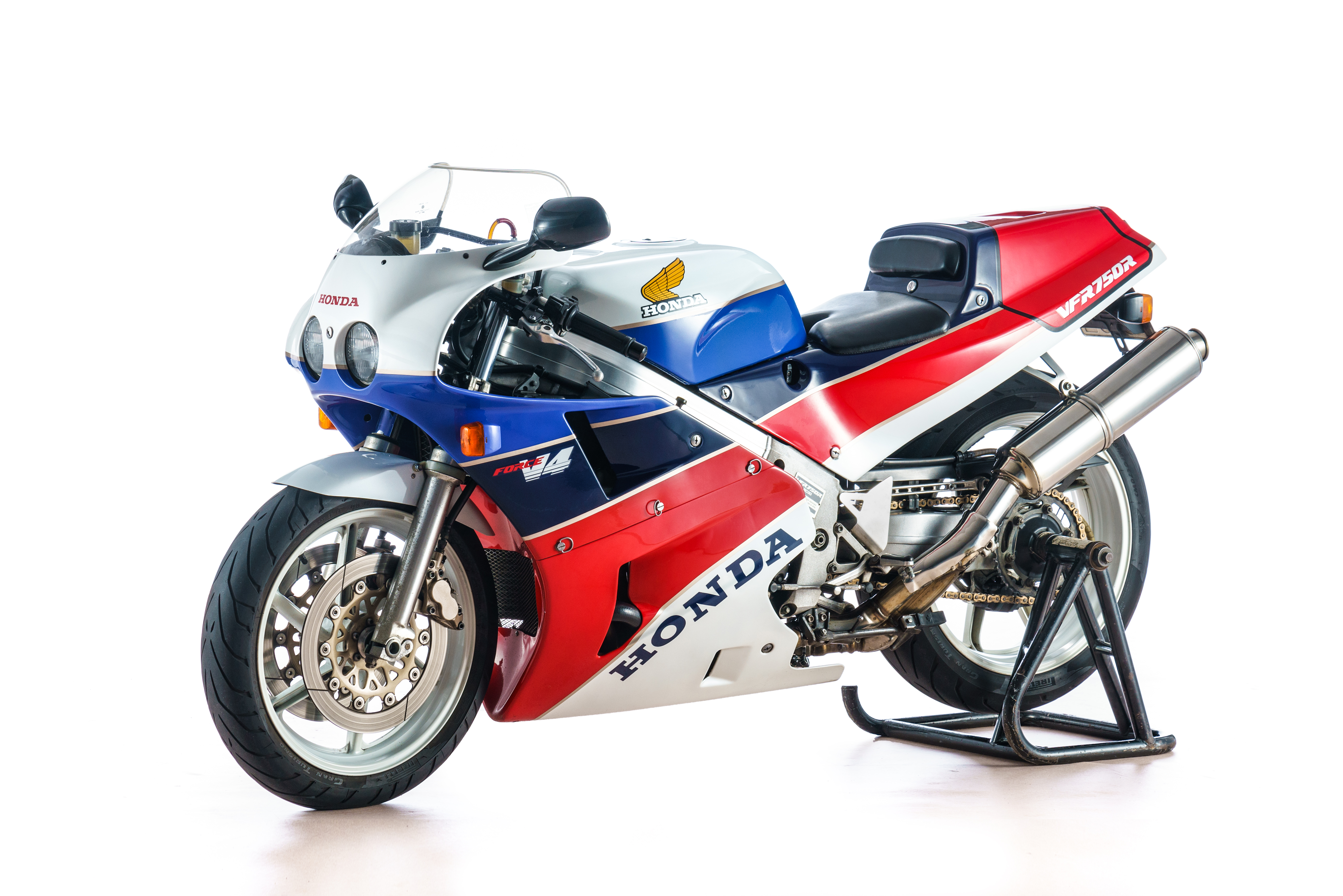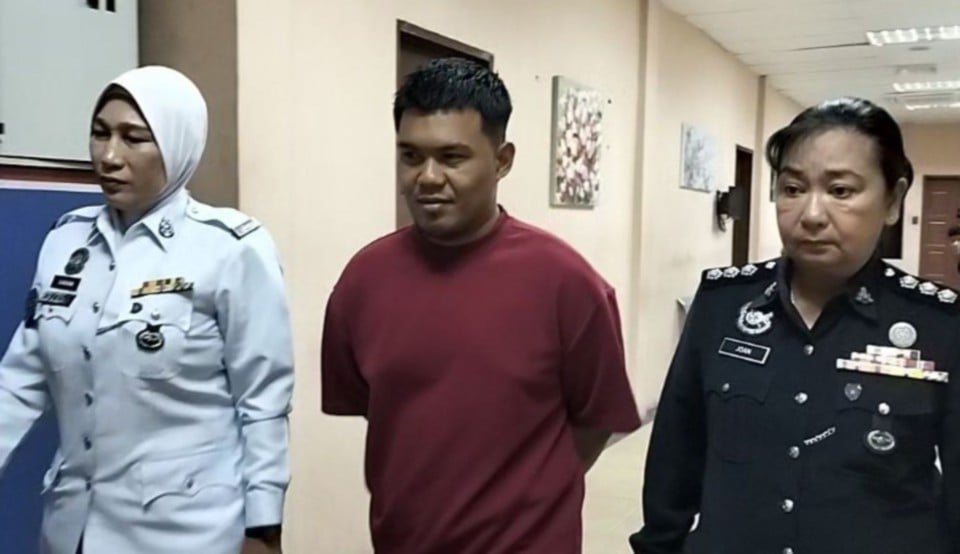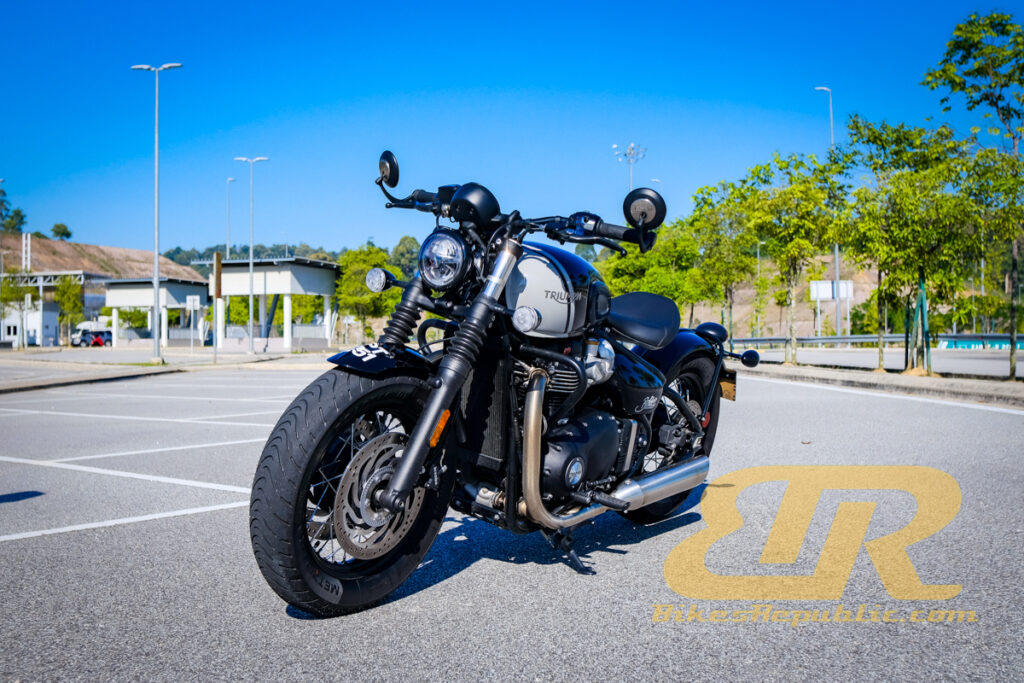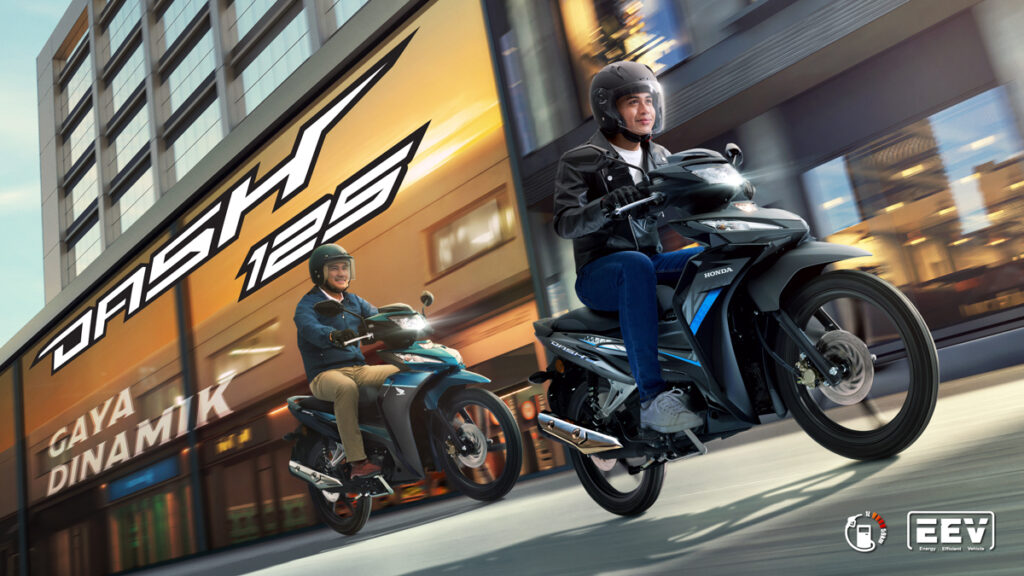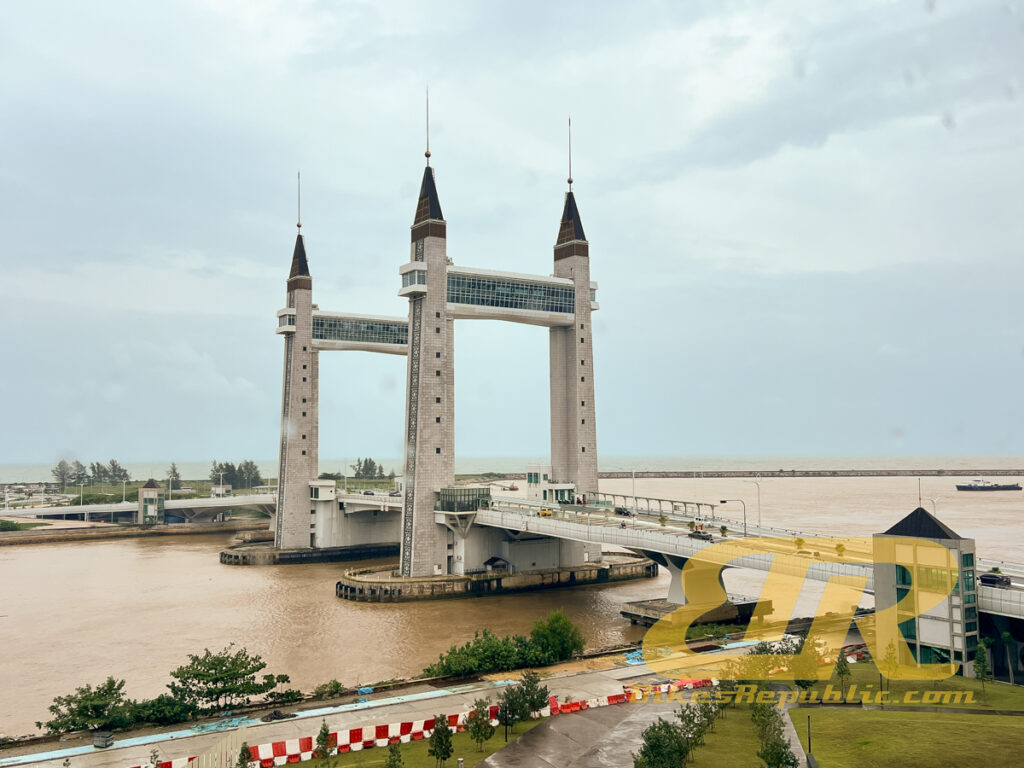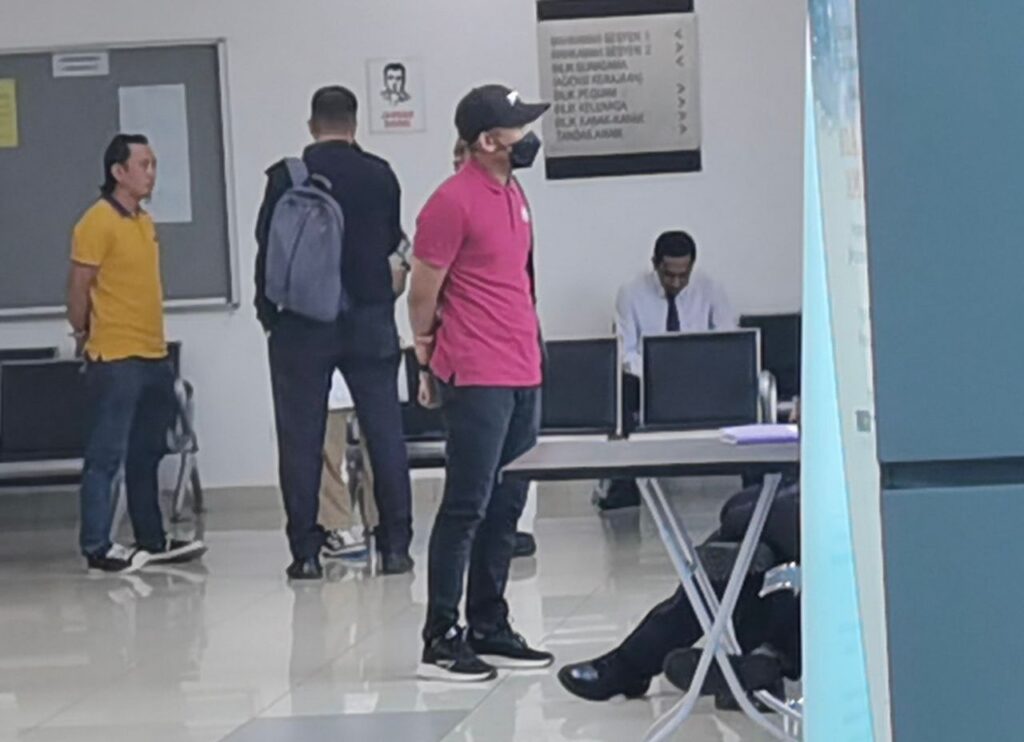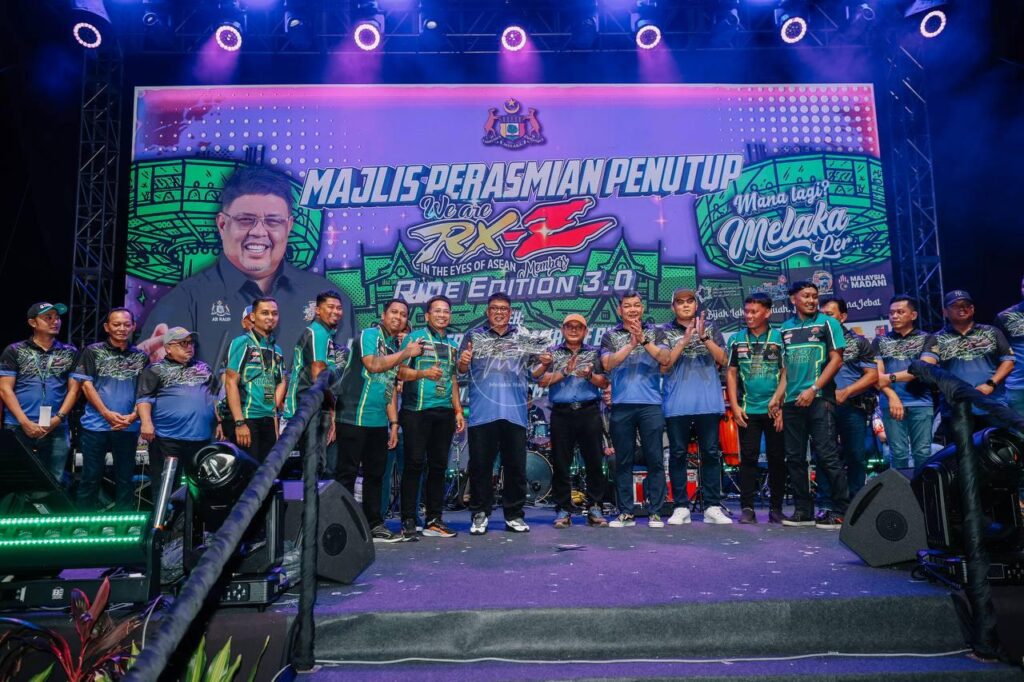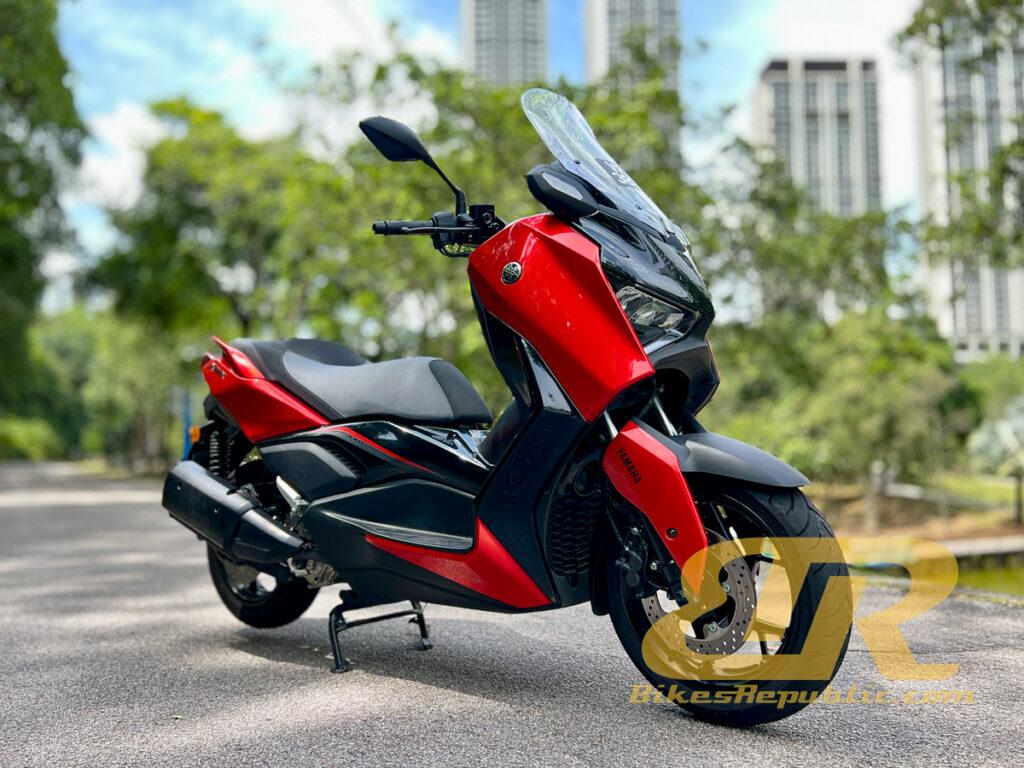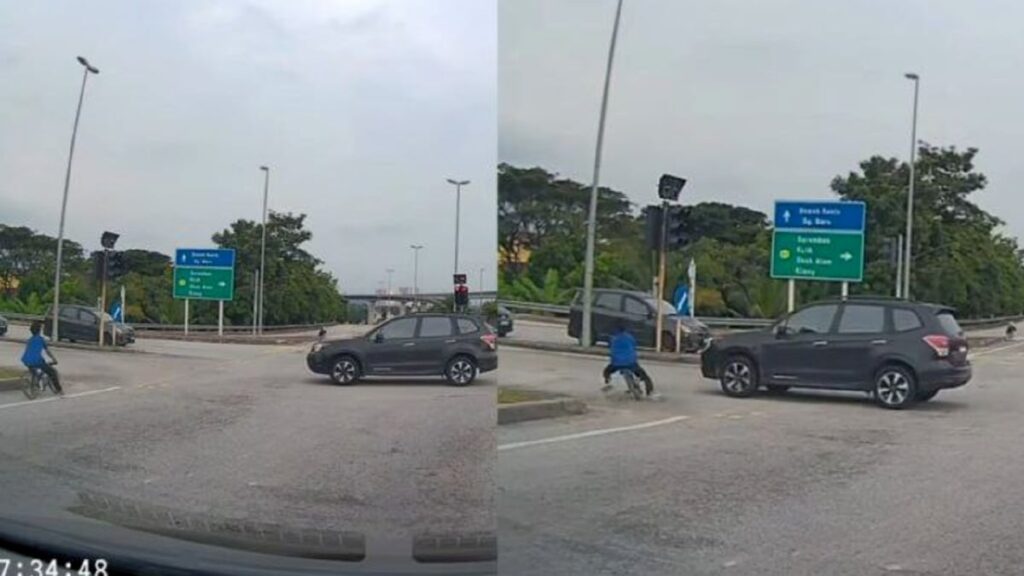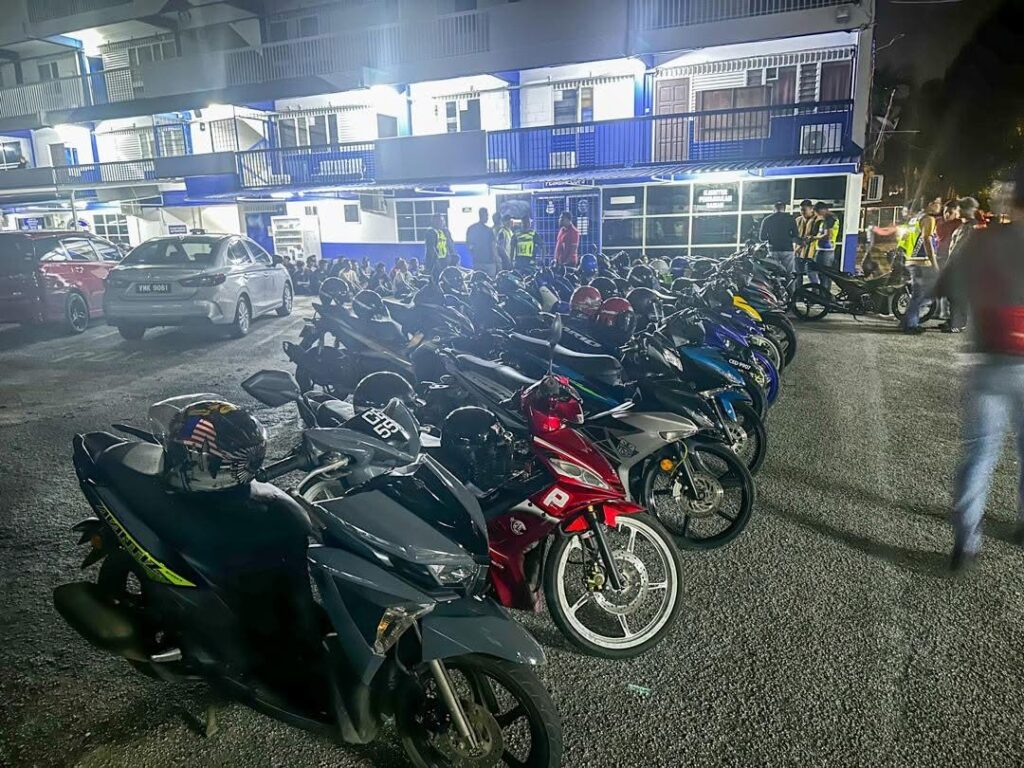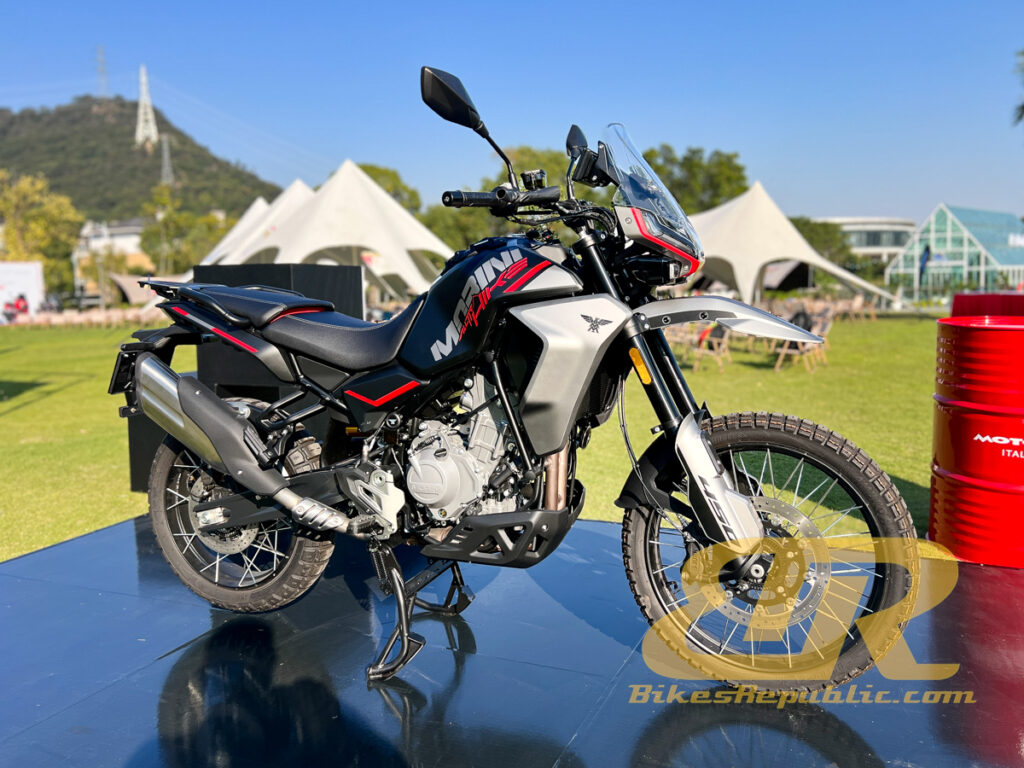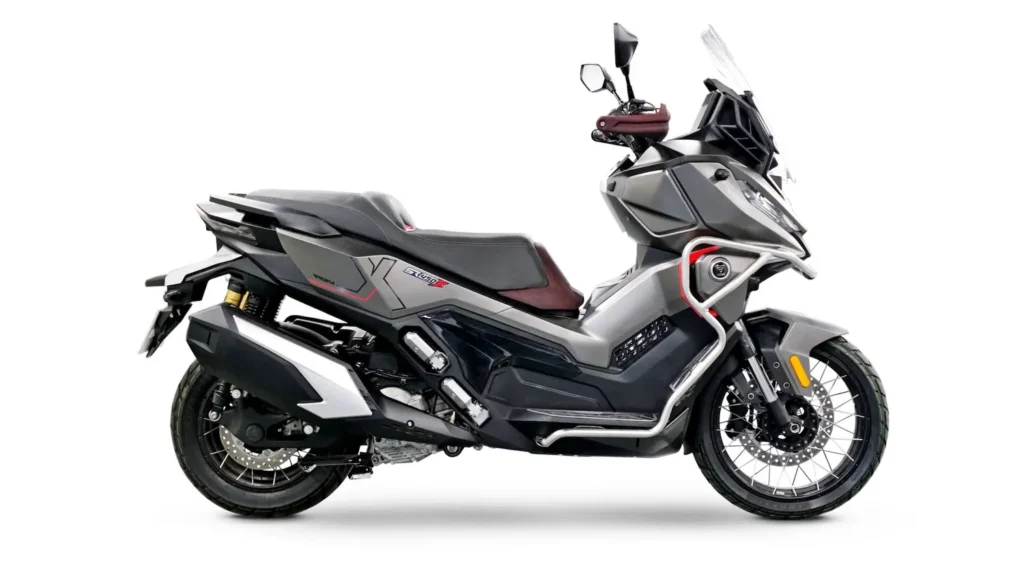-
The Movement Control Order (MCO) is slated to end on 28th April.
-
There are certain steps to take after being idle for so long.
-
These tips can also apply should the MCO be extended.
The Movement Control Order (MCO) is slated to end on 28th April. Whether it will be extended remains to be seen and is up to speculation.
But here are the things you need to do or look out for if indeed the order is rescinded. A number of these steps can also be performed should the MCO be extended further.
1. Start the engine
If you don’t do it already every two days, it’s a good time to do so. An idling engine will at least get some oil to flow, and coolant if your bike is liquid cooled. It won’t charge your battery much but at least some. Listen for abnormal sounds. Run it for a good 20 minutes.
2. Check your bike thoroughly
Give you bike a complete check, and we don’t mean by just starting the engine. Check if the headlamp’s high and low beams are working. Similarly, check the taillamp and brake lamp. Next check the signal lamps and horn. Make sure the brakes are working. Look under the engine for signs of oil leaks. Clean and lubricate the chain. Lube the cables and moving parts.
3. Check the tyre pressures
The pressures would’ve dropped, without a doubt. So do check the pressures, at least by visiting a petrol station and reinflating the tyres while they are cold. Also don’t forget to check for signs of cracks or abnormalities on the tyres.
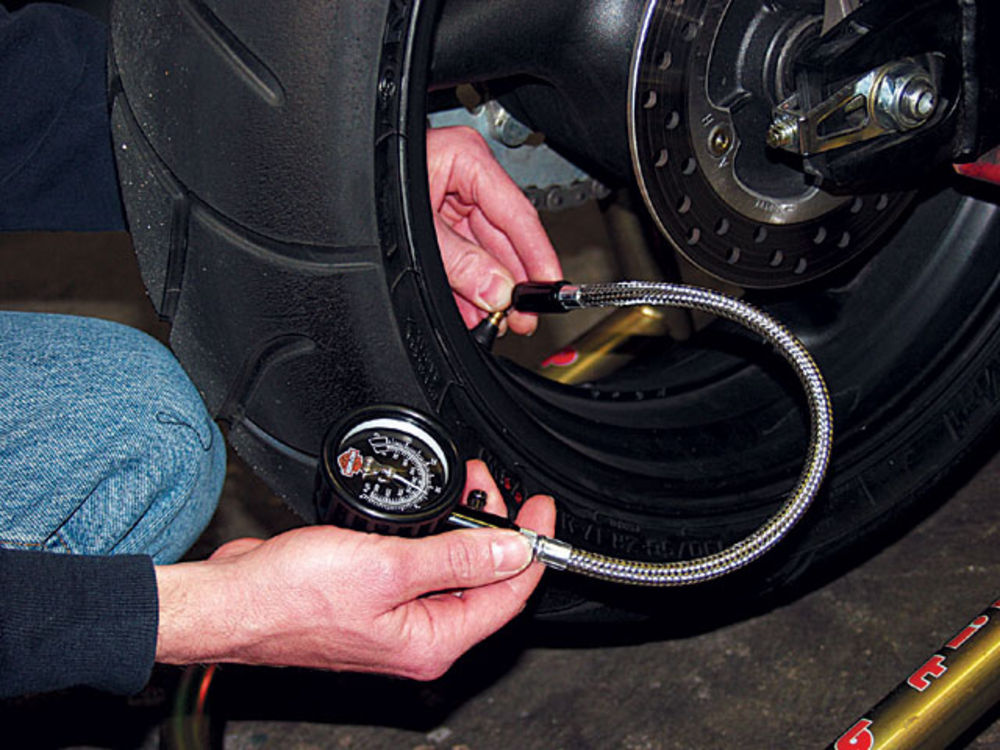
4. Take time to heat up the tyres
Tyres that’ve been left alone will release its oils to the surface, making them slippery. This is especially true for sport-oriented tyres. As such, do not slam the bike into the first corner you see. I know, you’re excited to ride again and so are we, but it has to be approached carefully at first.
5. Warm up your brain and body
Take it easy at first. The brain and body need to catch up to being at speed again. Reflexes will undoubtedly be slow and takes time to adjust. Trying to get a kneedown right away at Karak will be asking for trouble. This can be seen in the high number of motorcycle accidents and fatalities after Hari Raya Aidilfitri.
6. Service the bike
You may as well service your bike. You don’t need to if you’ve covered just 1000 km before the MCO began, but it’ll be best to do so if you’ve run more than 3000 km on the current oil. Treat your bike to fresh oil, spark plugs, coolant and clean air filter. Bikes may not be living creatures, but they hate being idle as much as we do.
7. Social distancing still applies
Don’t take things for granted. The Covid-19 virus is always looking for a victim, regardless of age, race or conviction. With this in mind, do not organize large convoys or join one. Not yet. Spare one or two face masks so that you can use them should you come across large groups. Best also to spare two pairs of nitrile gloves and wear them when you’re off the bike. Oh, don’t forget a bottle of hand sanitizer.
